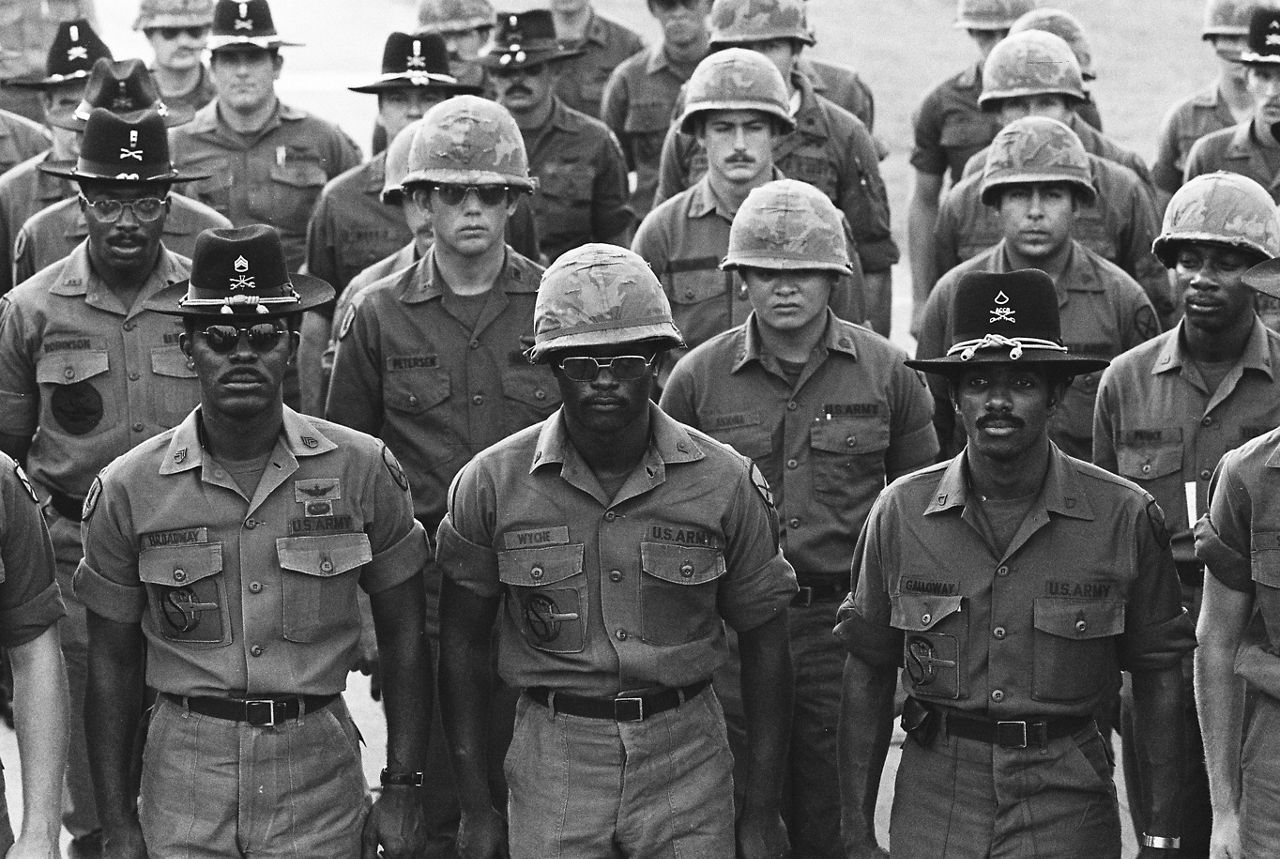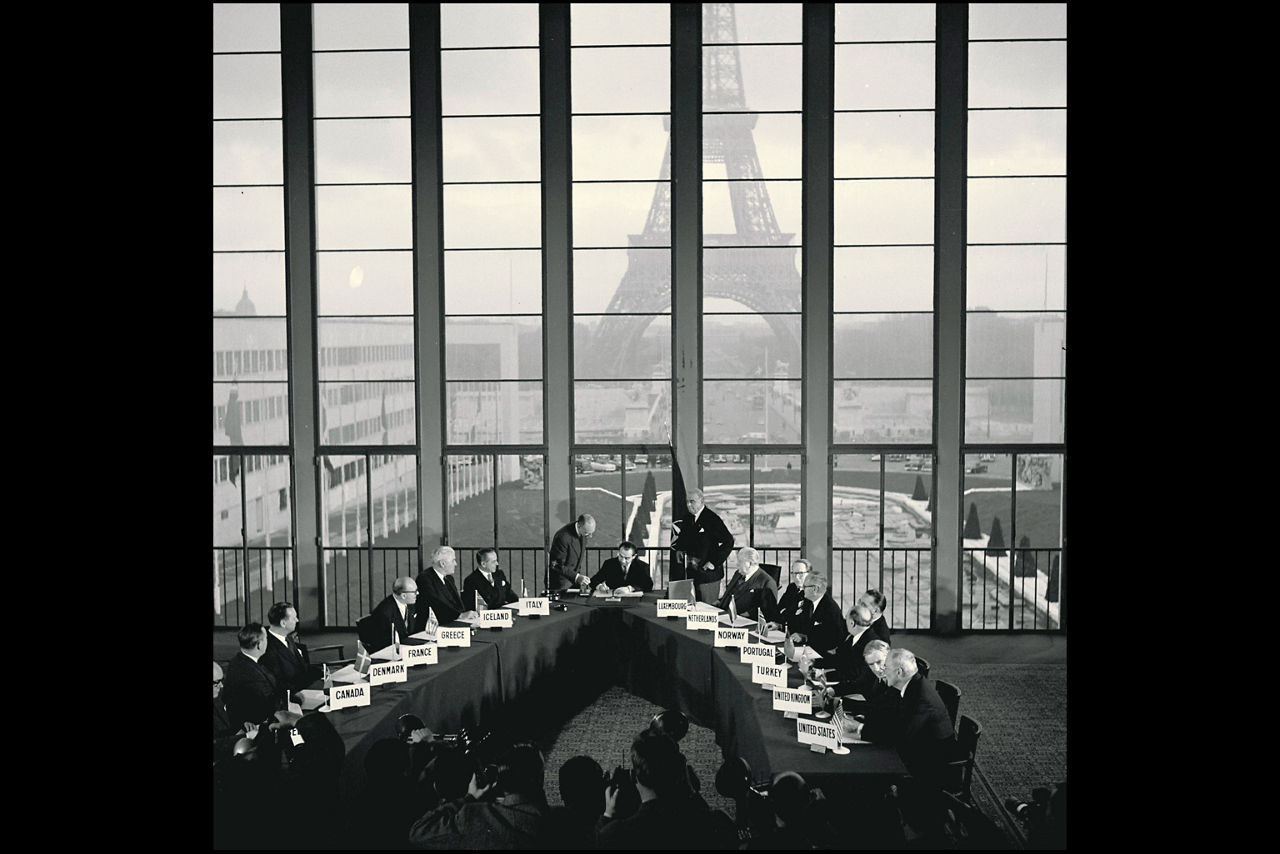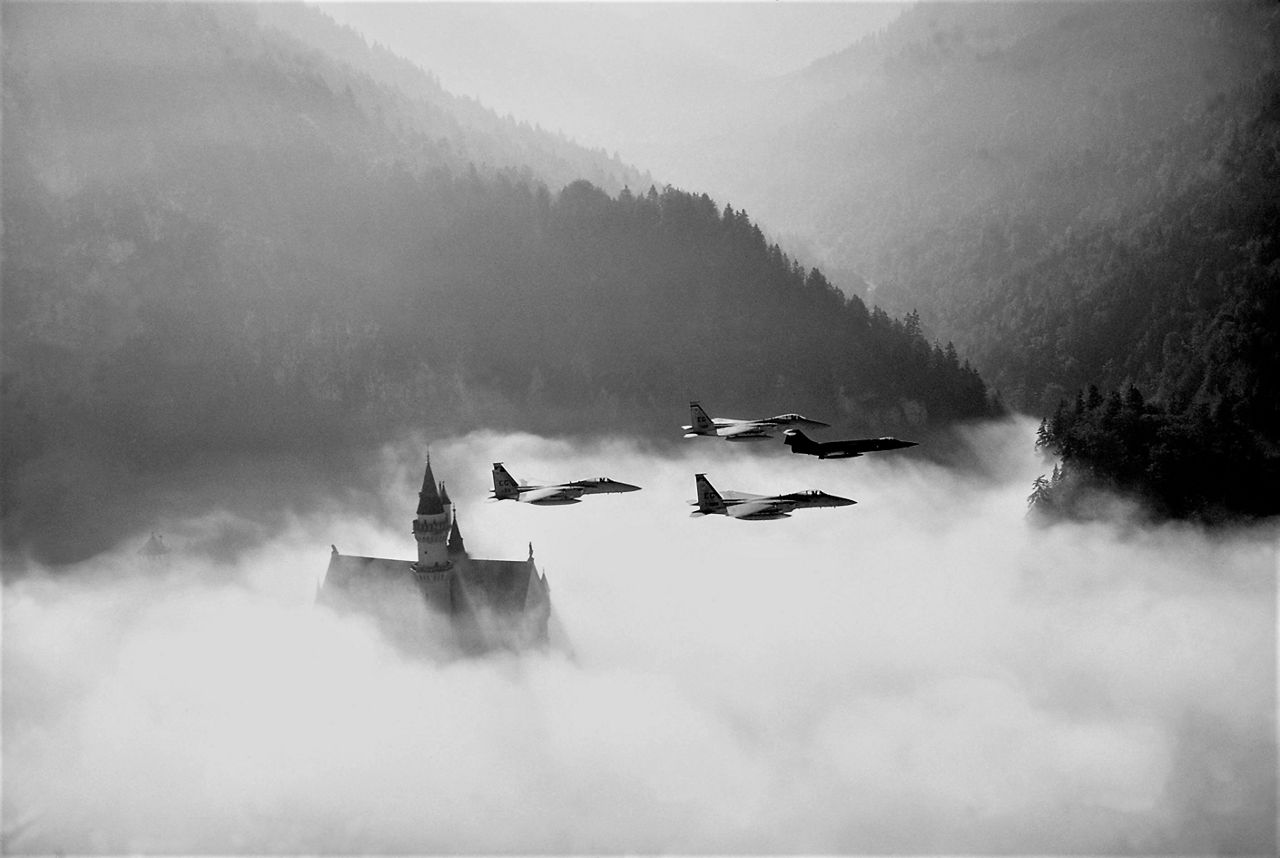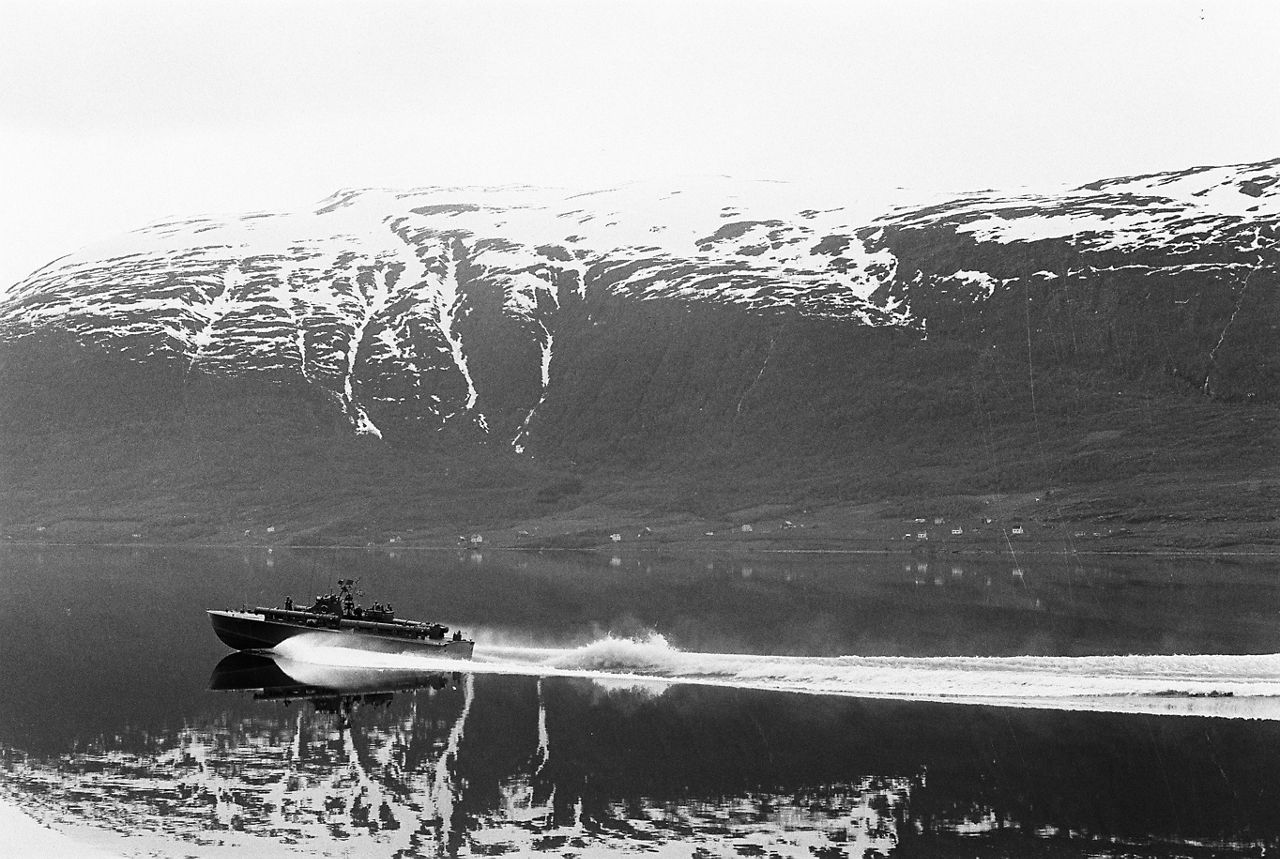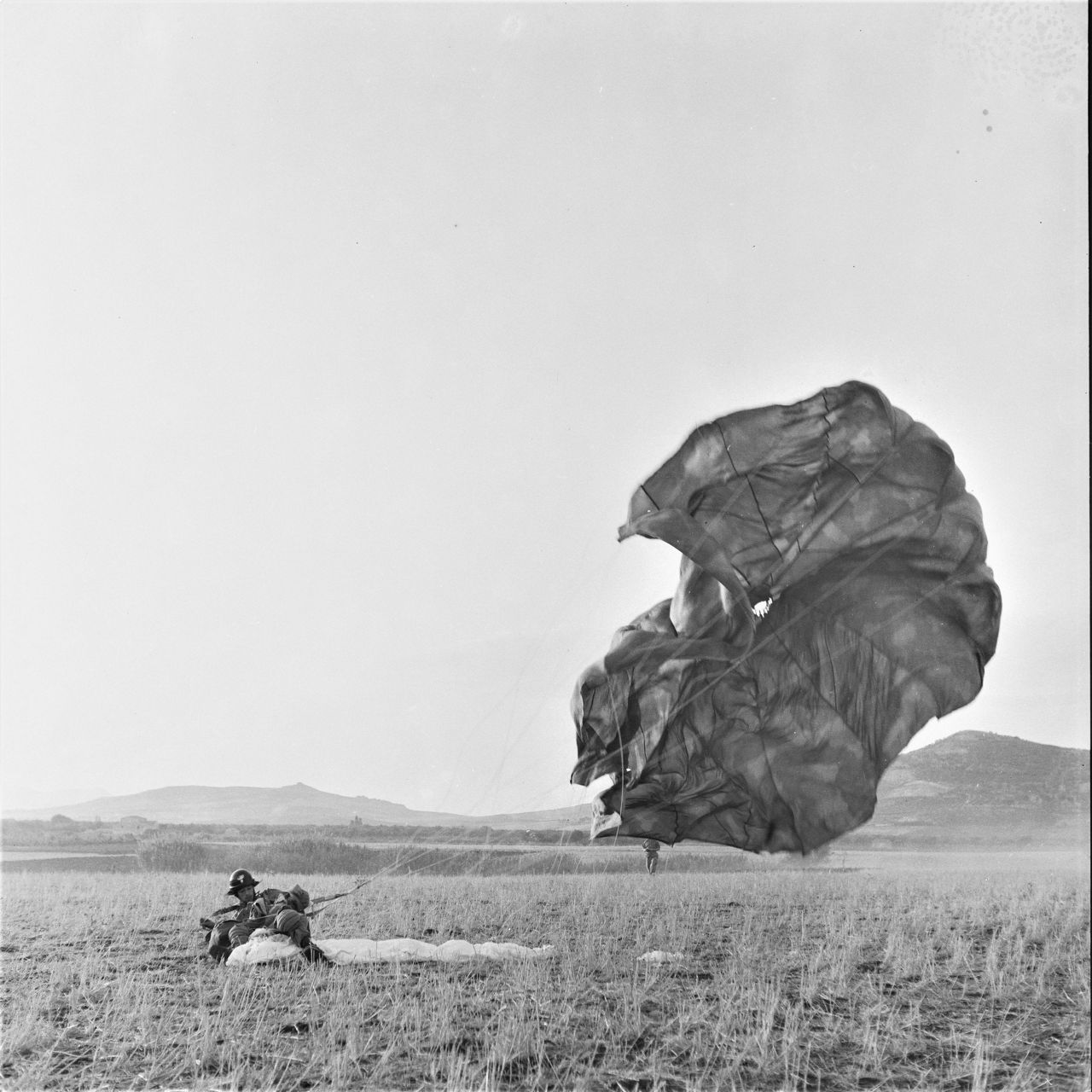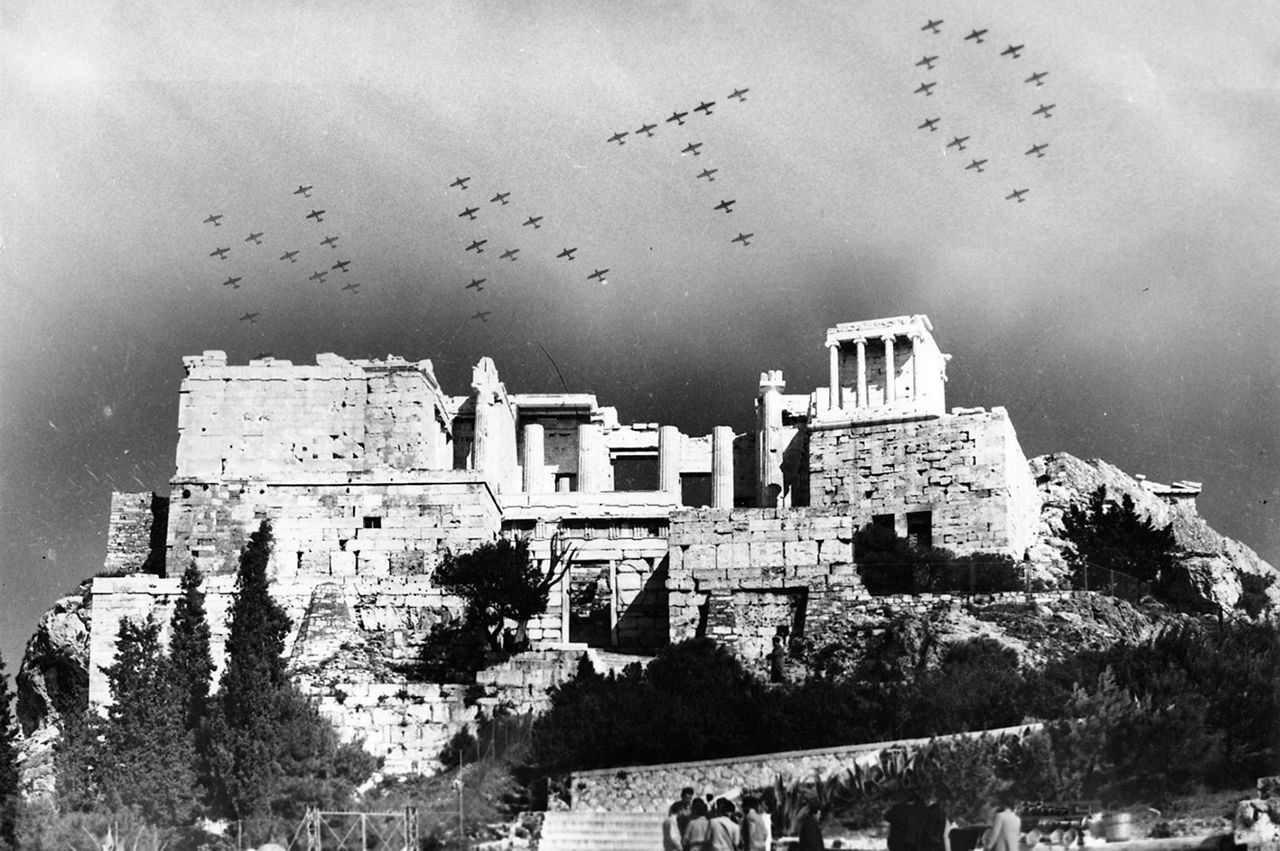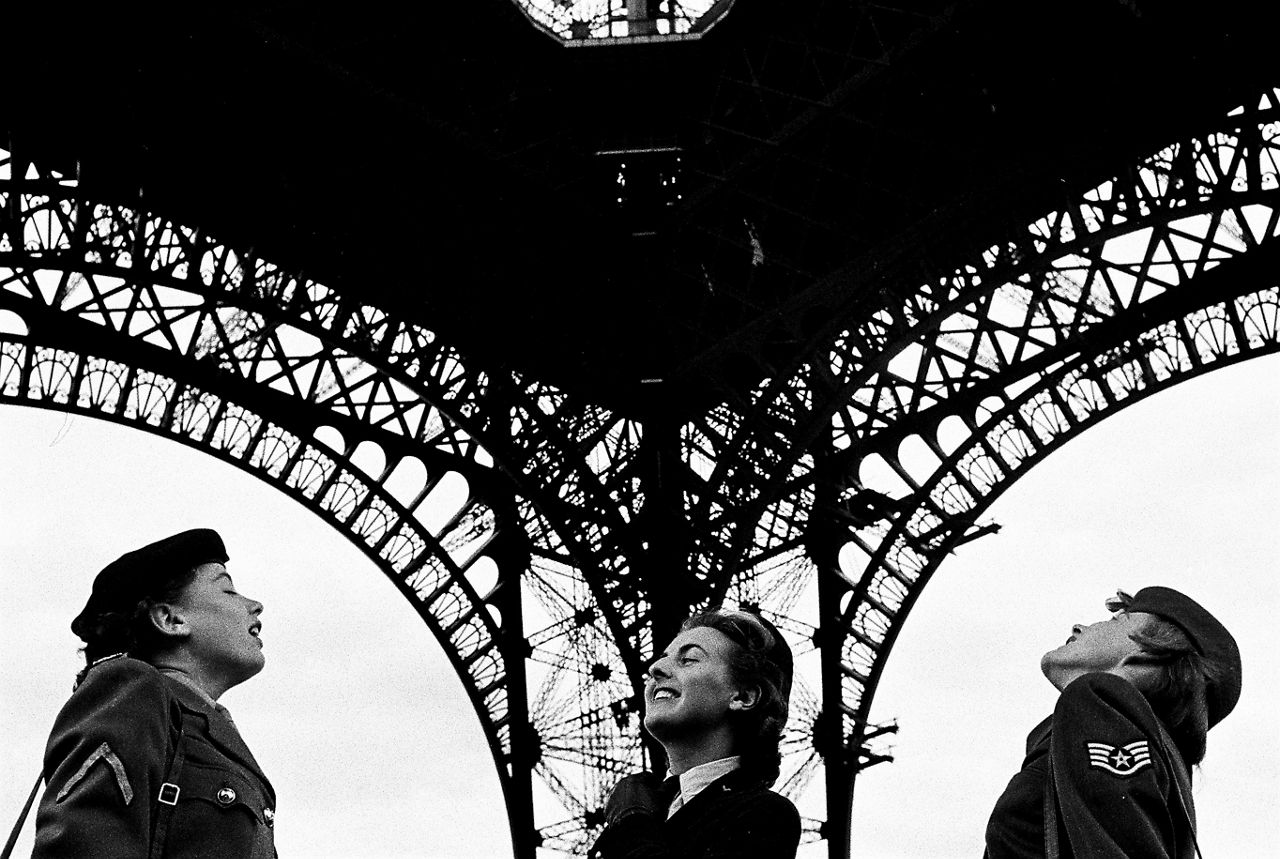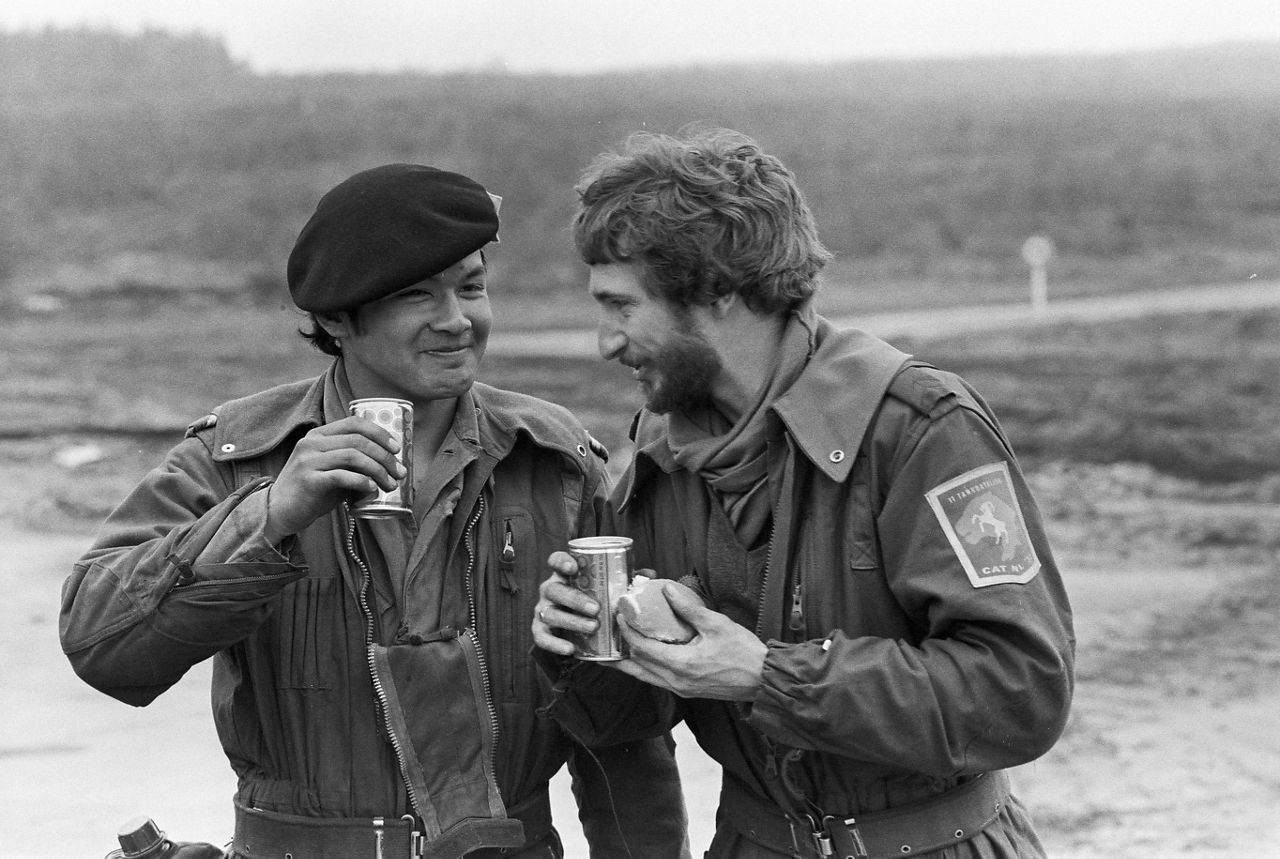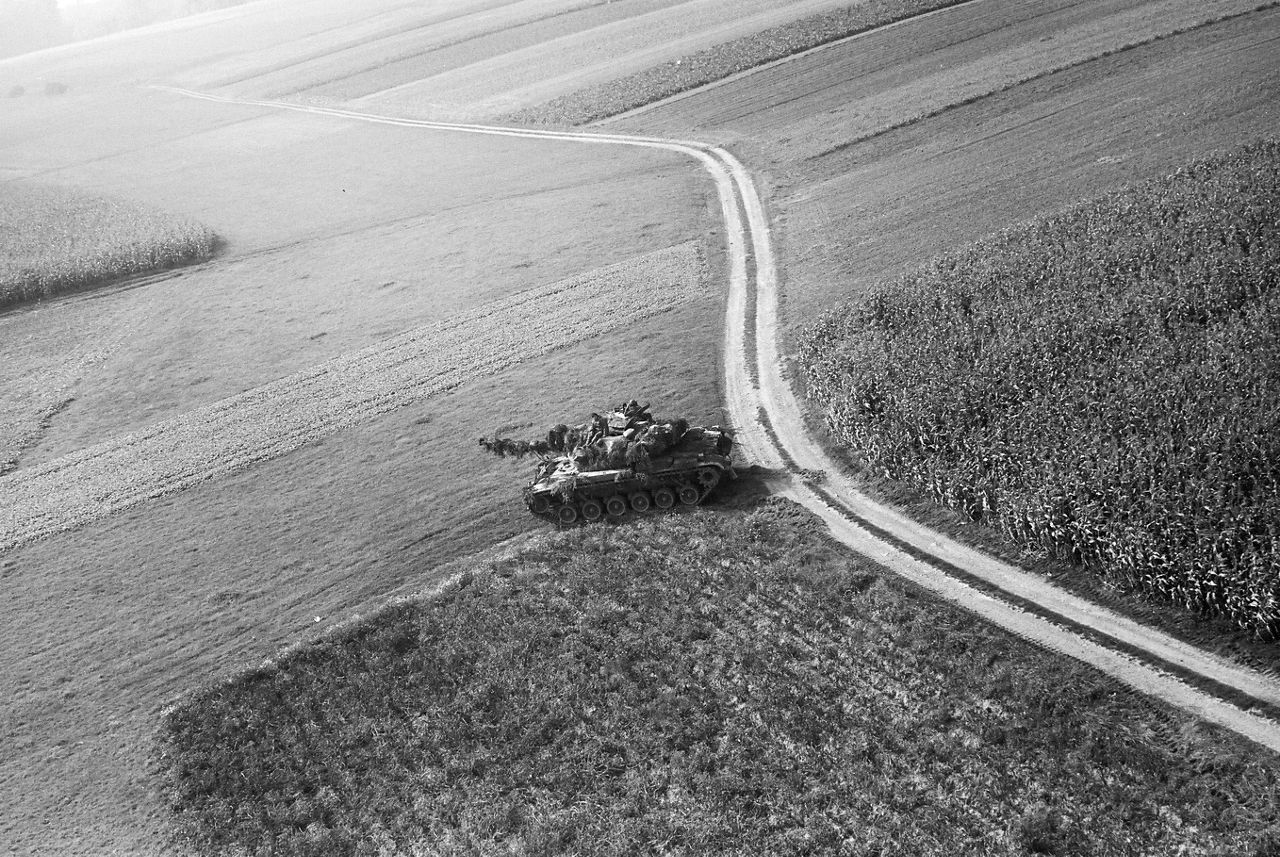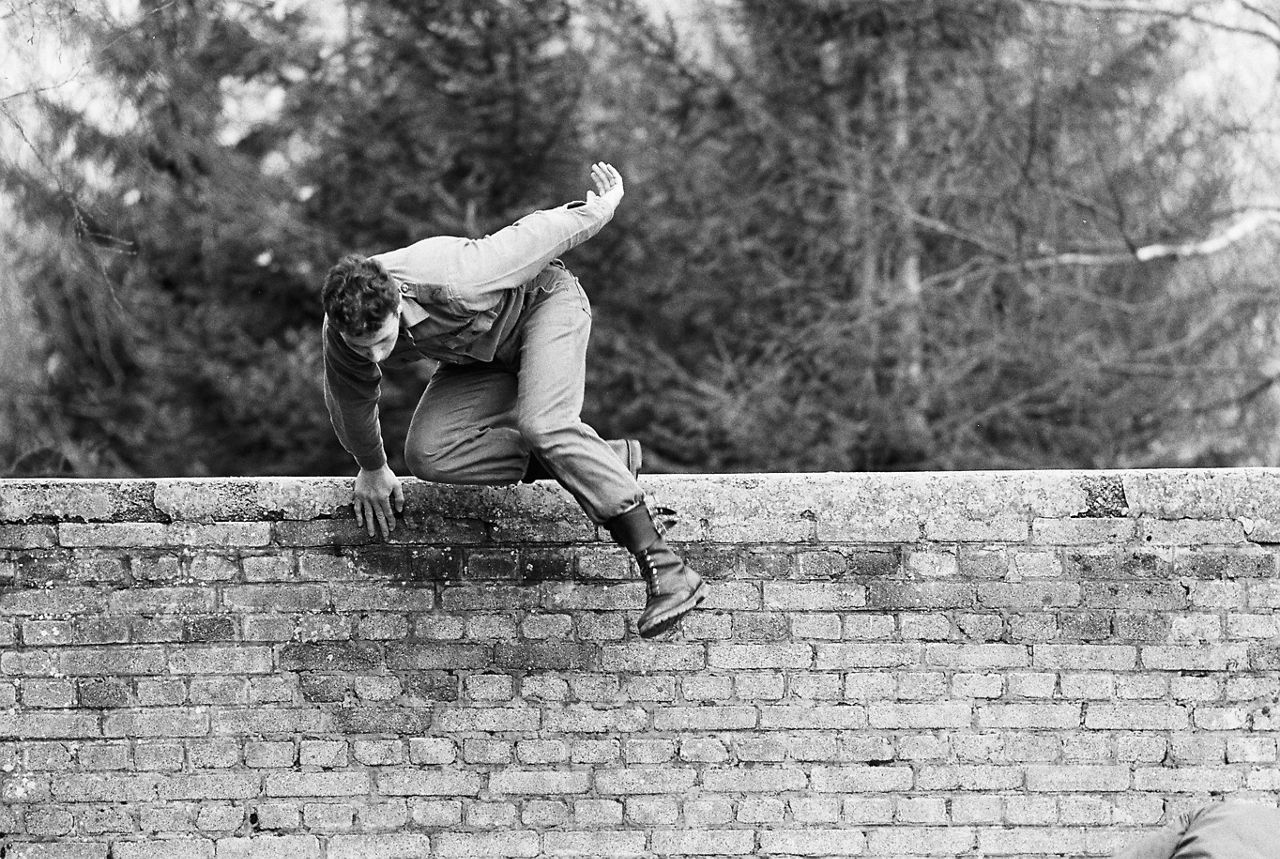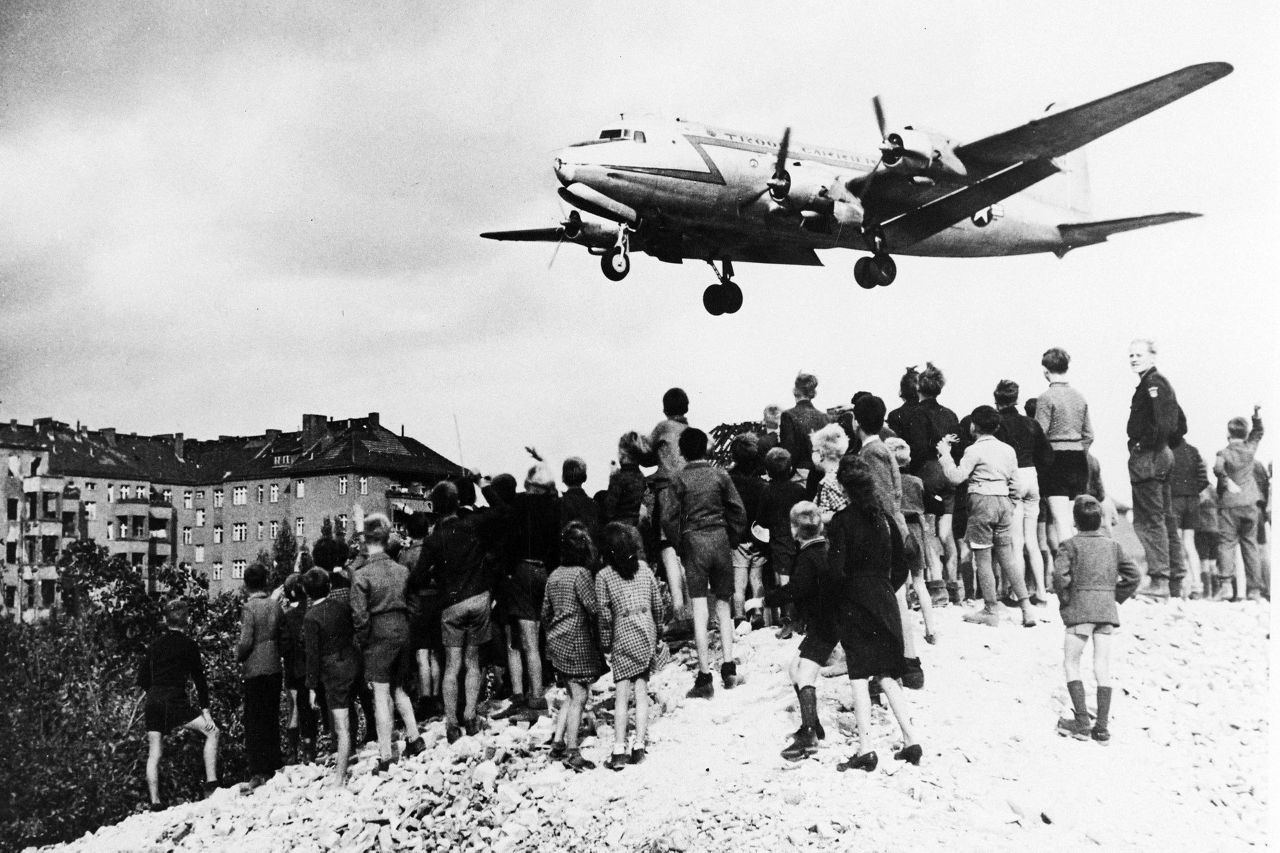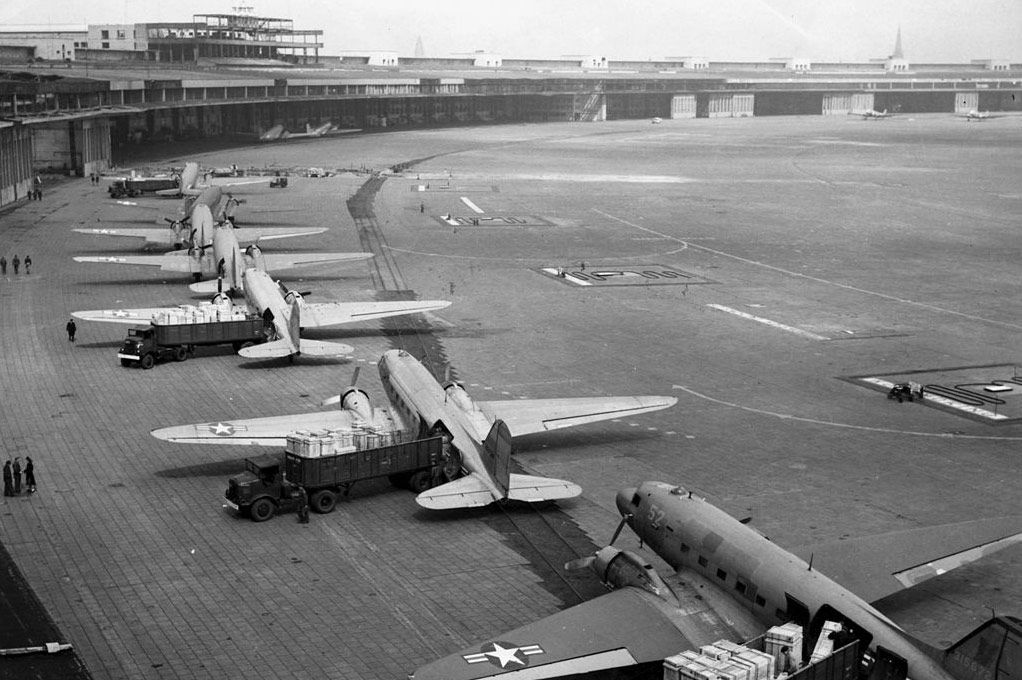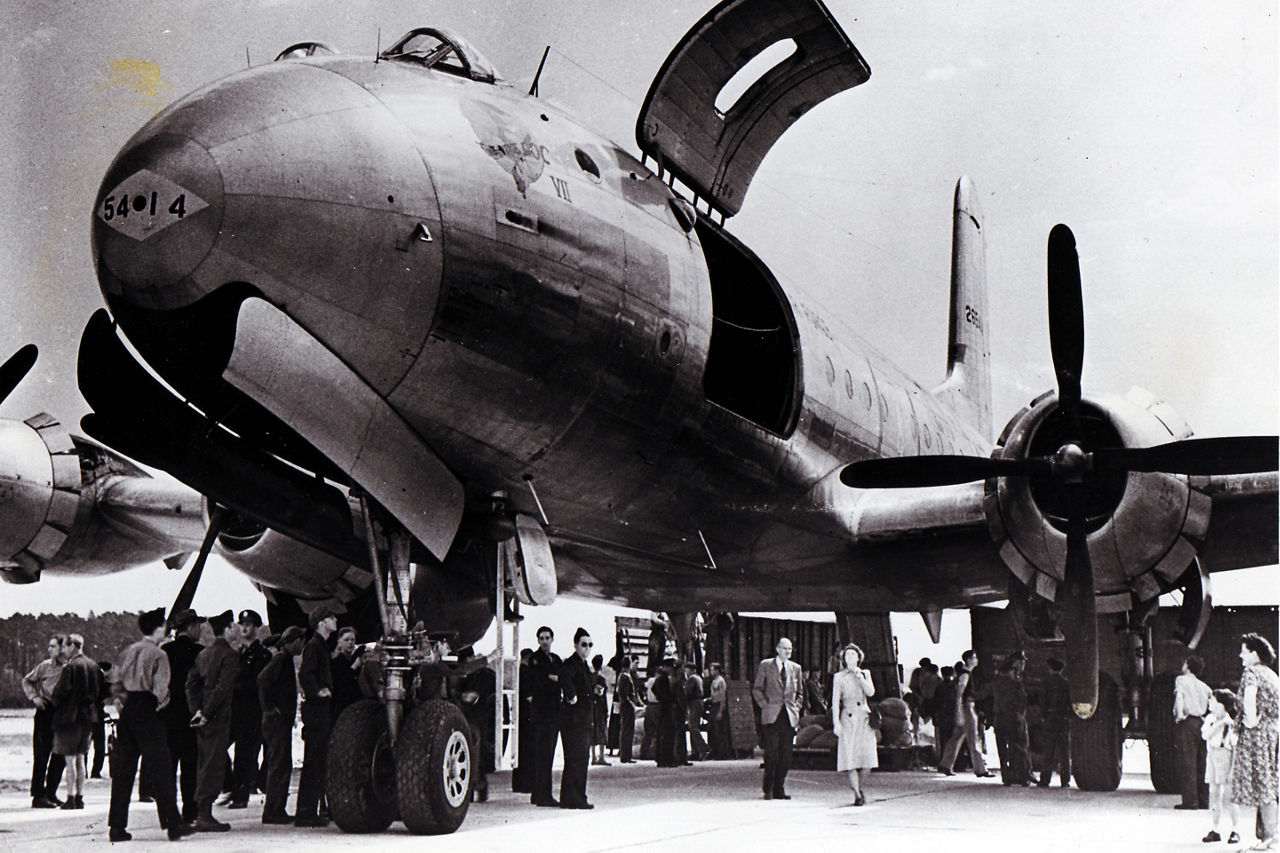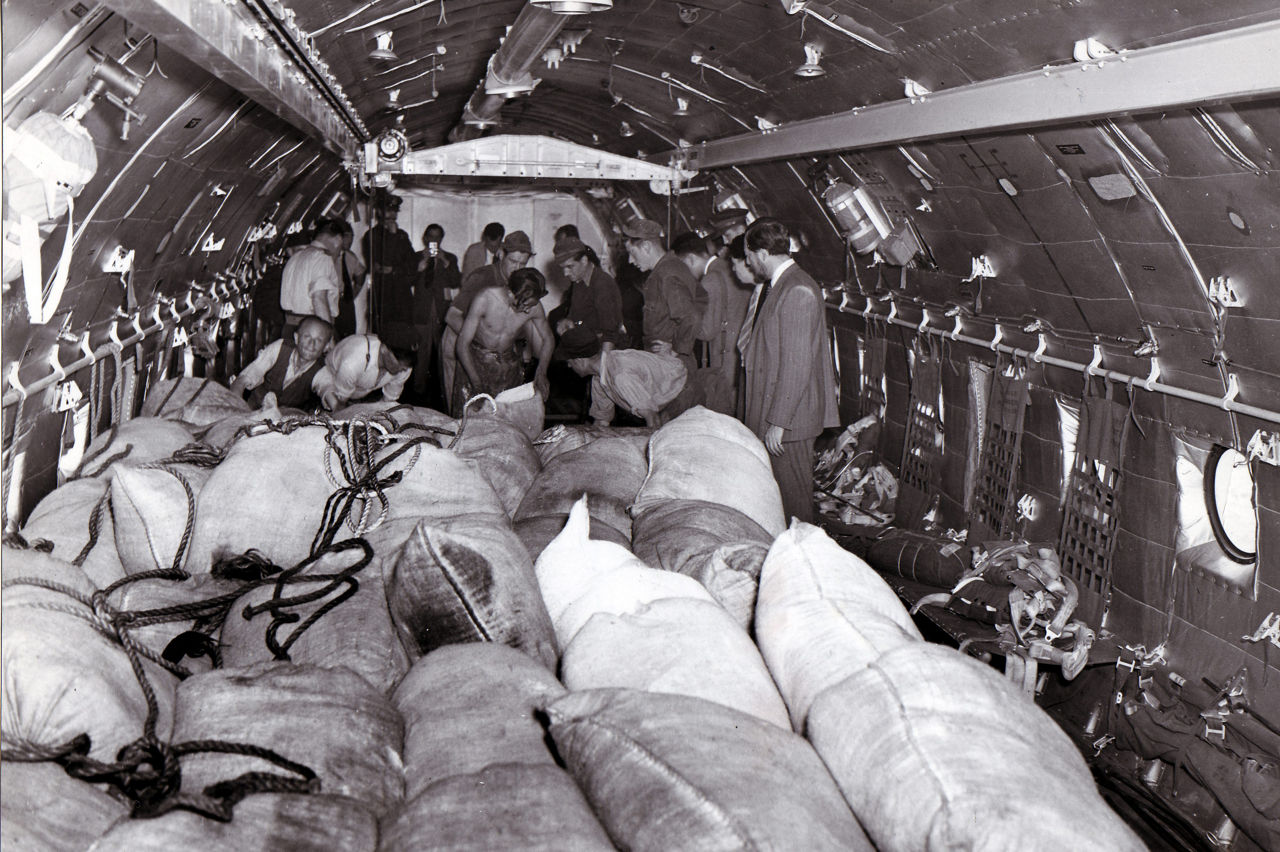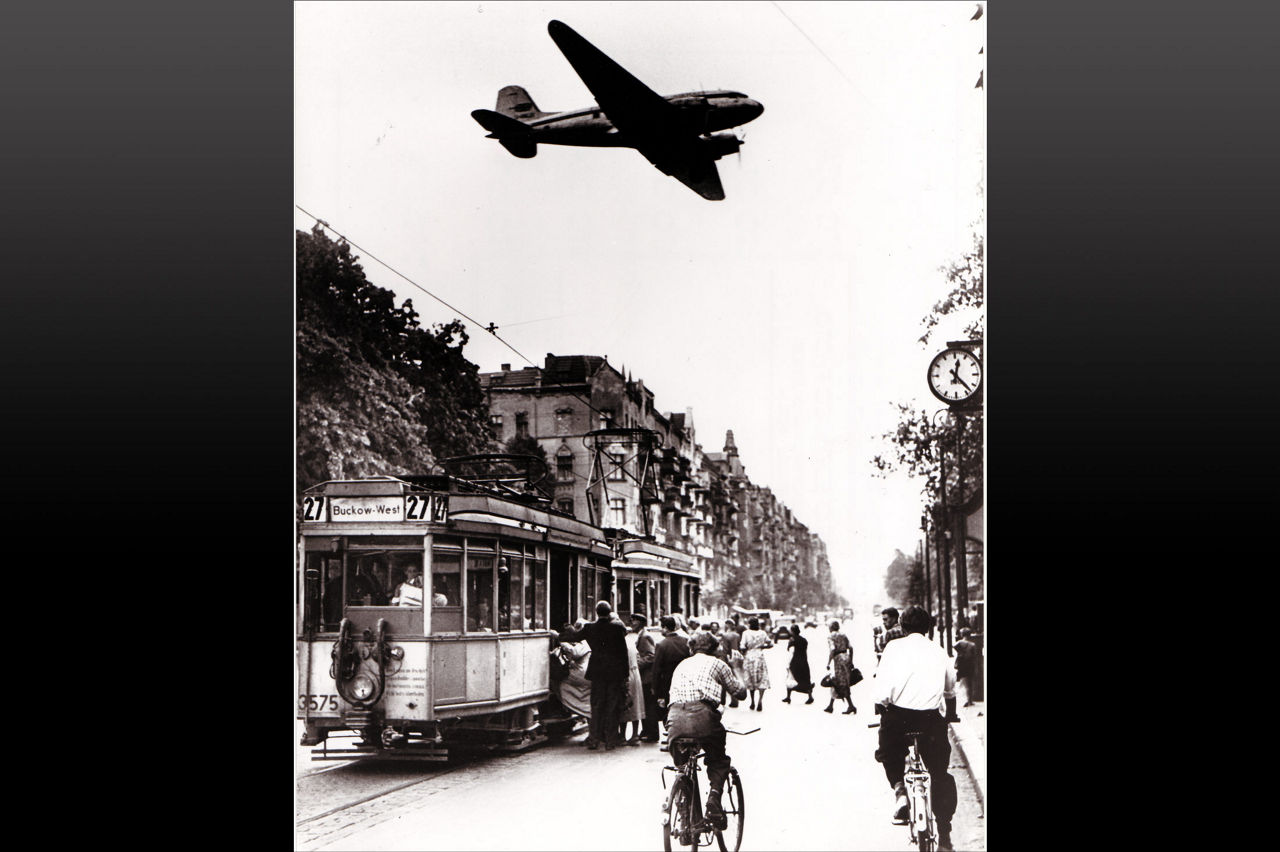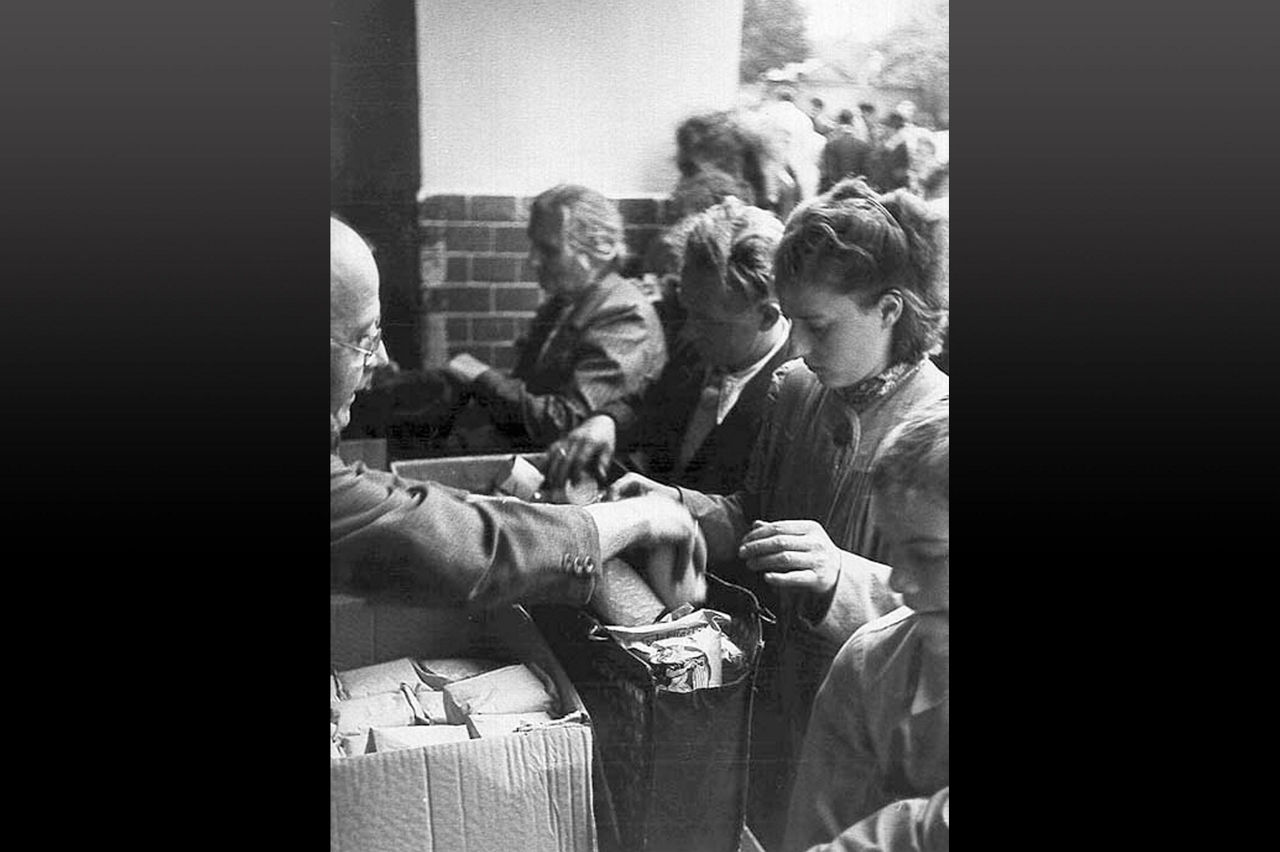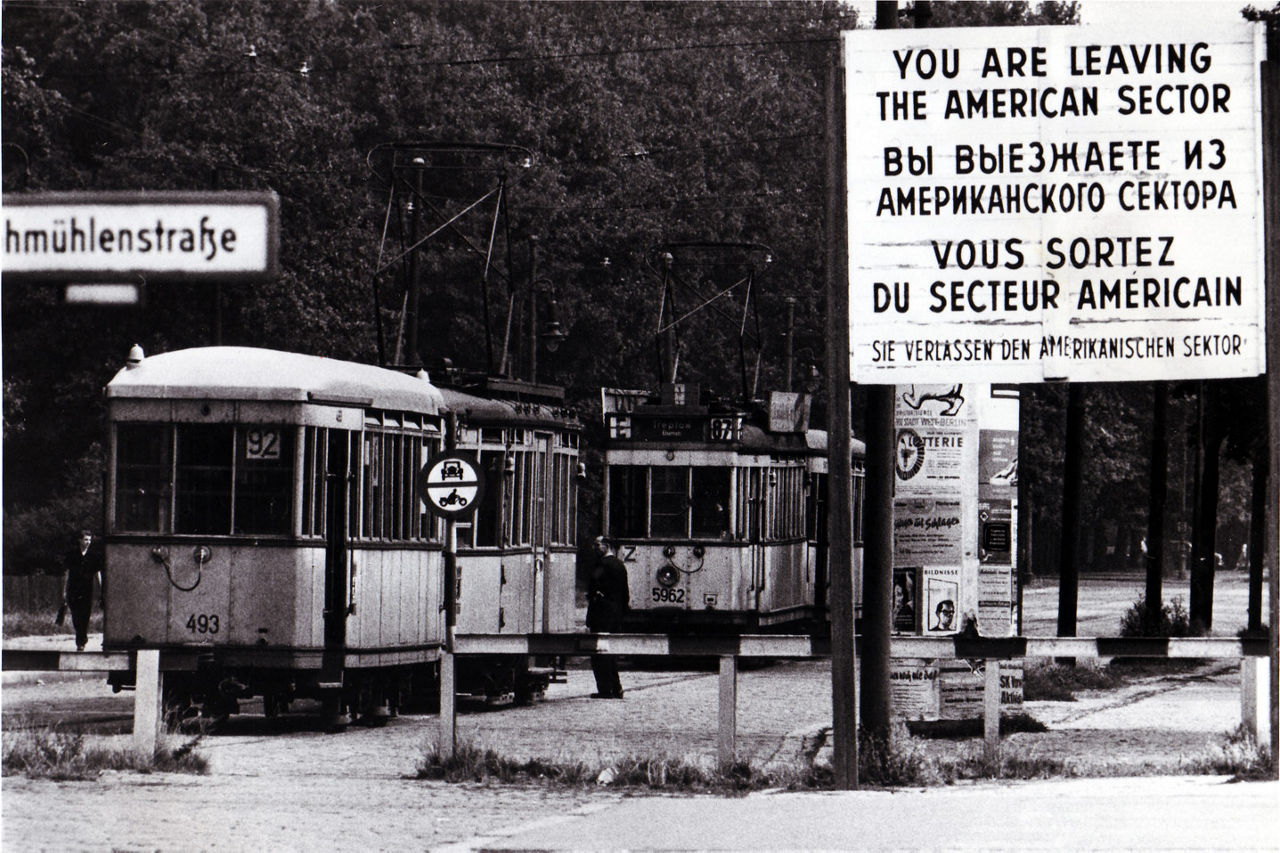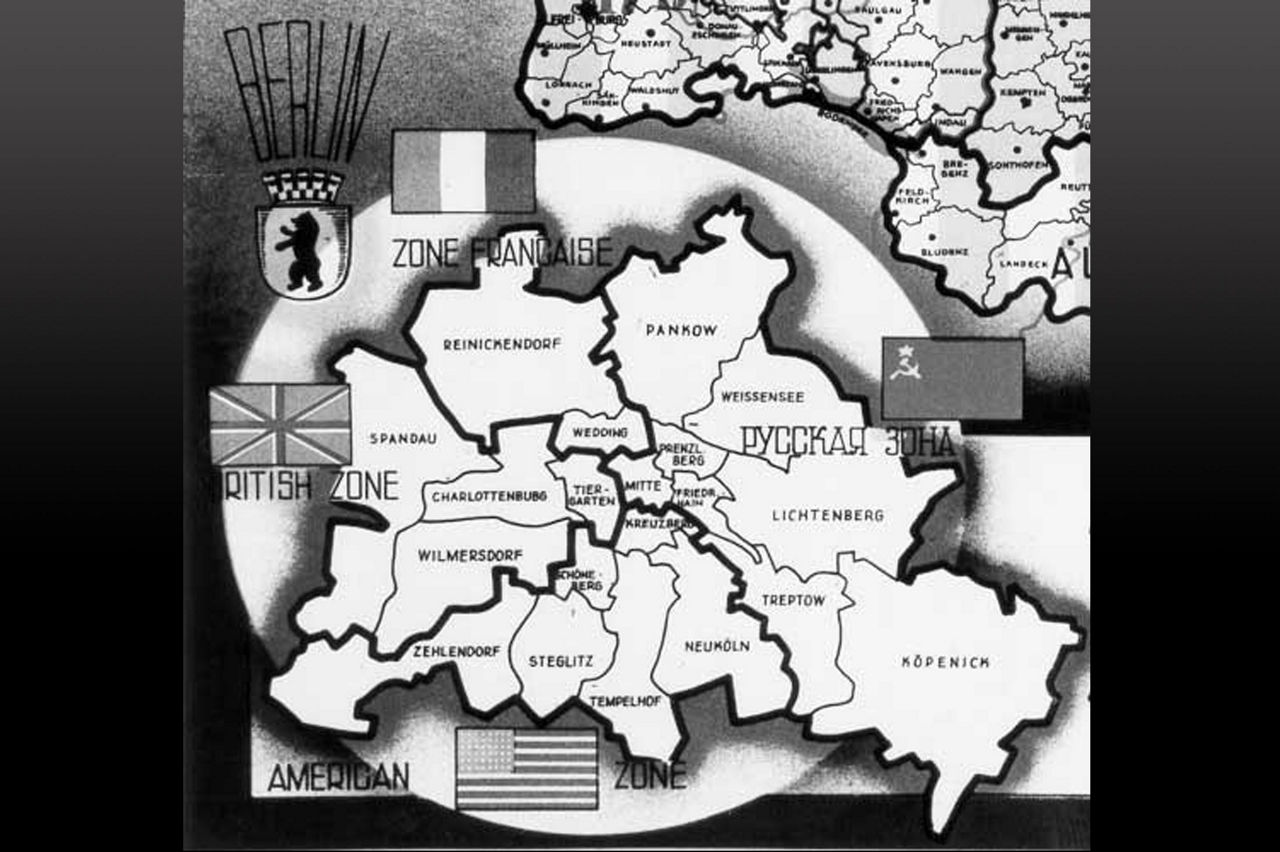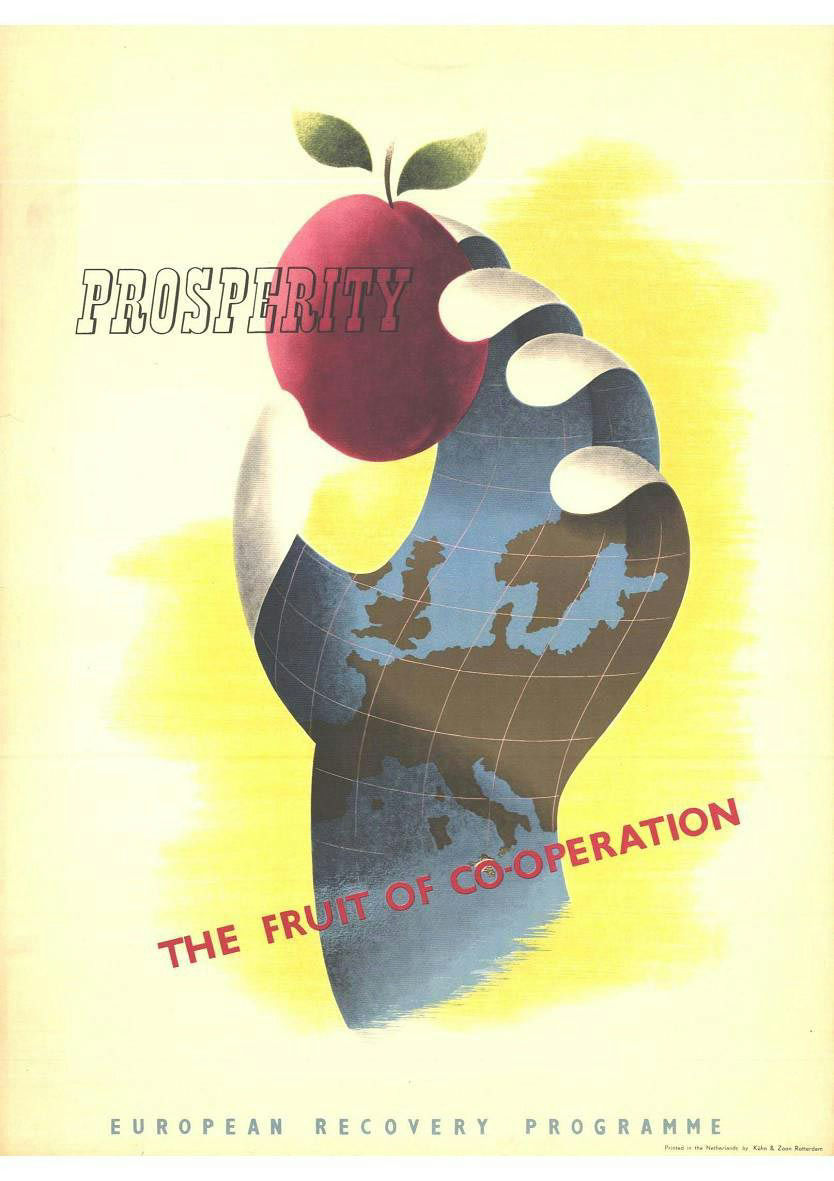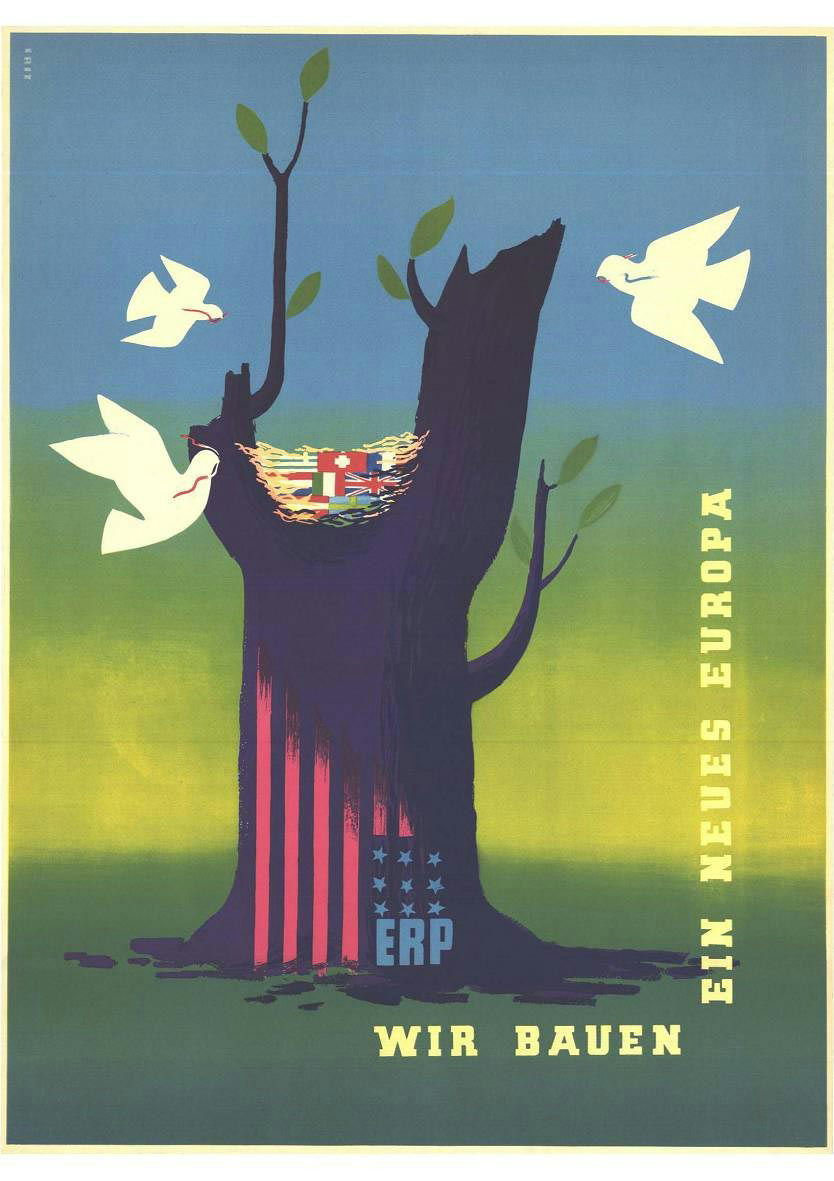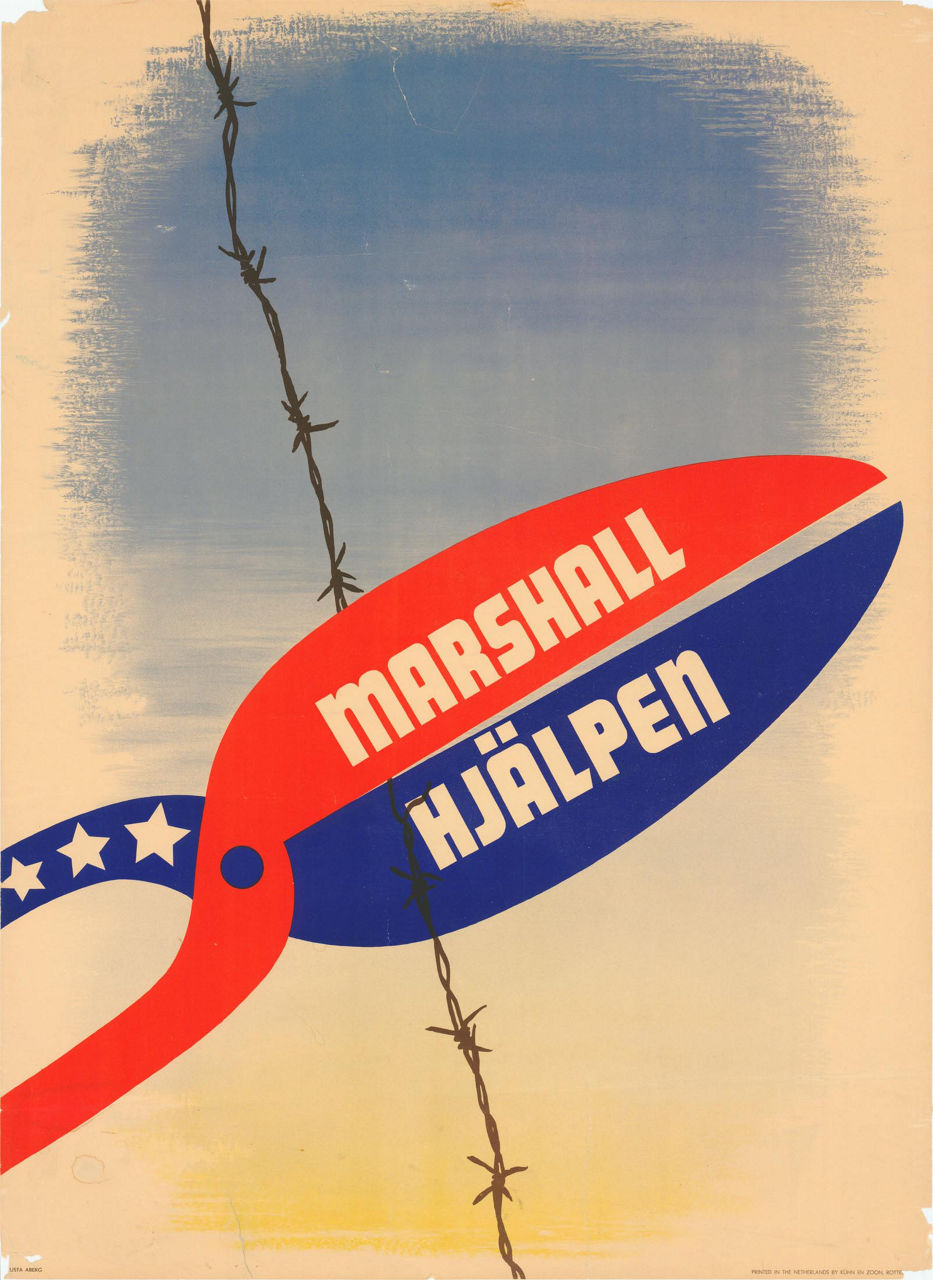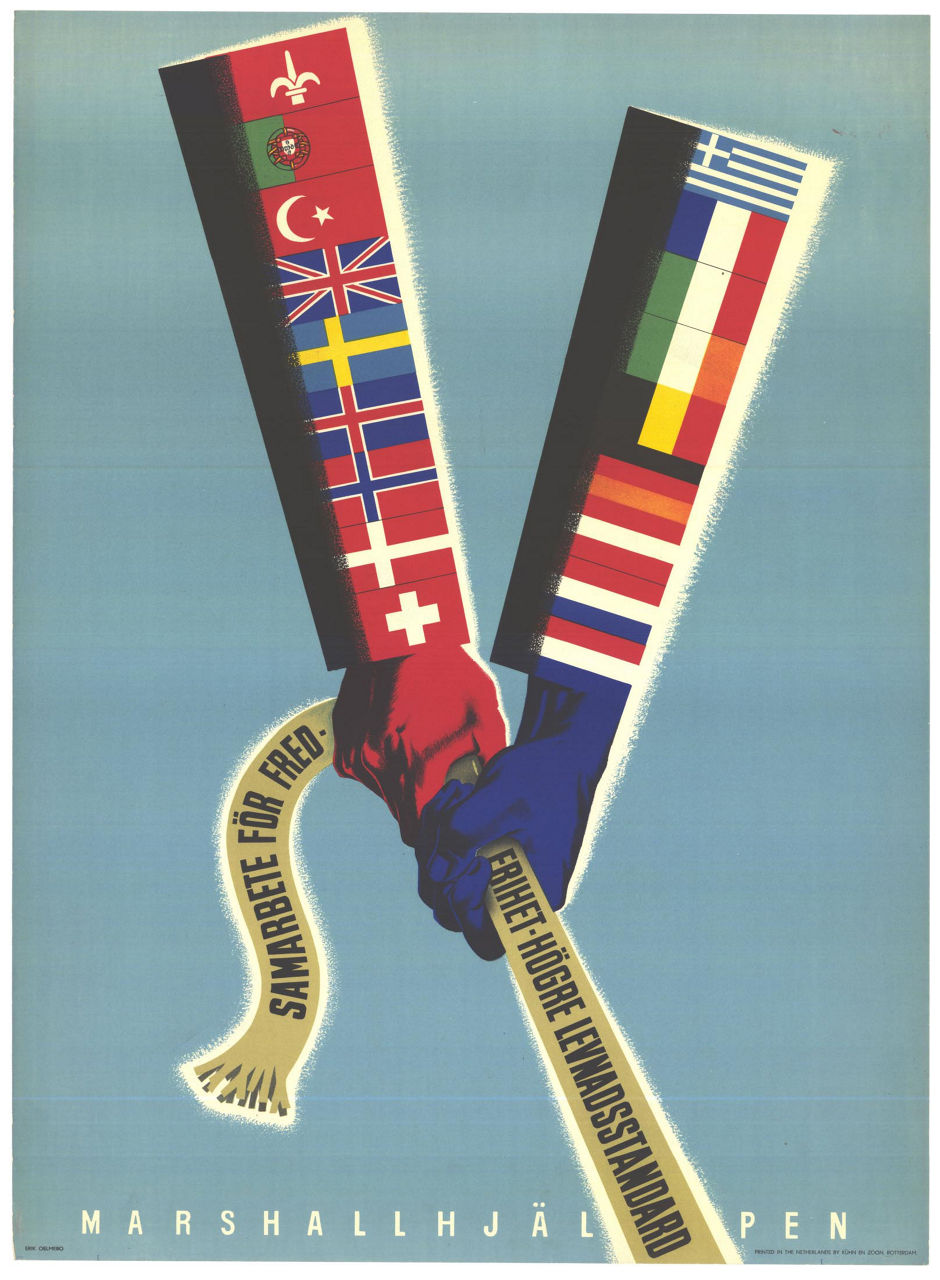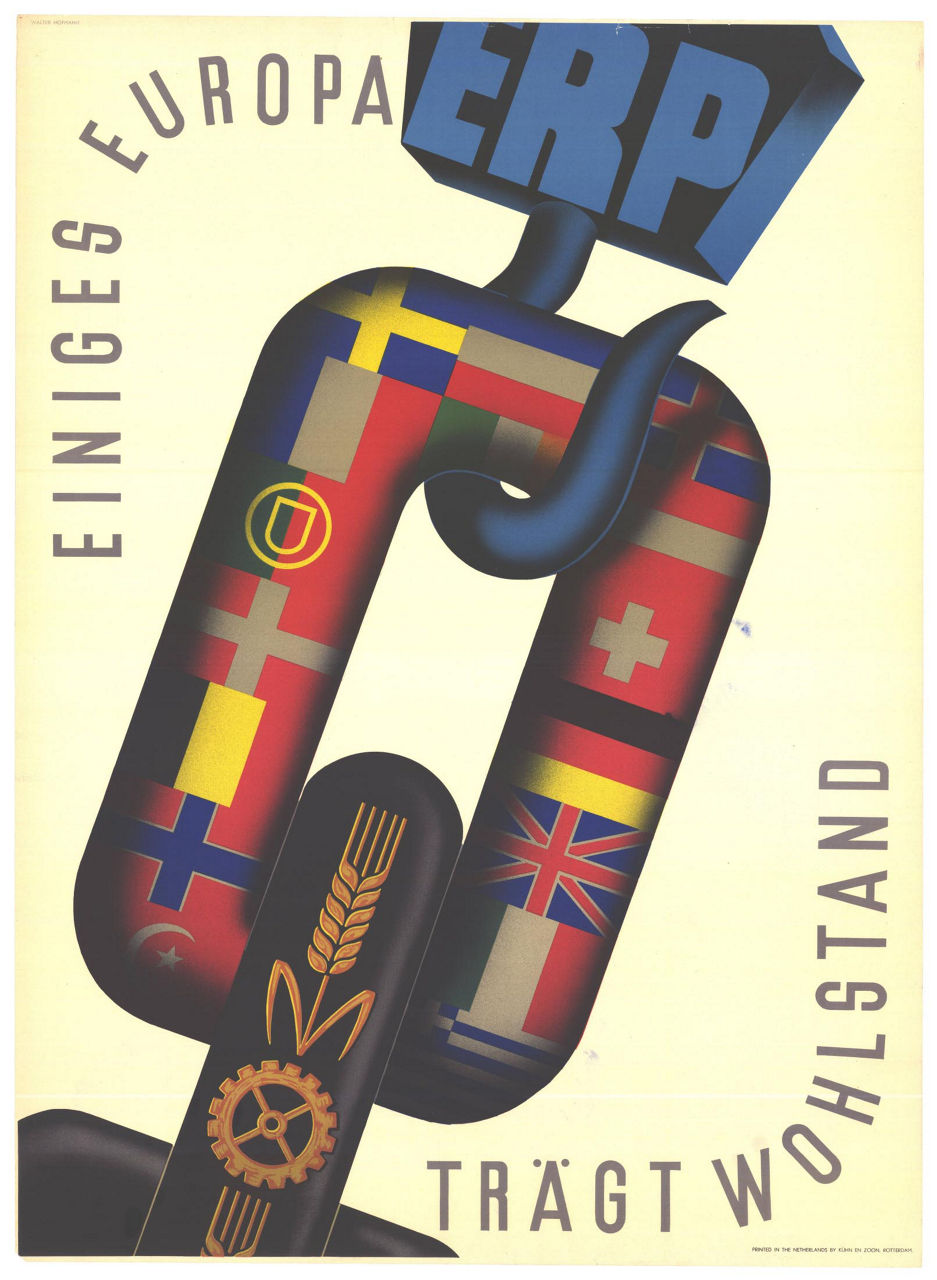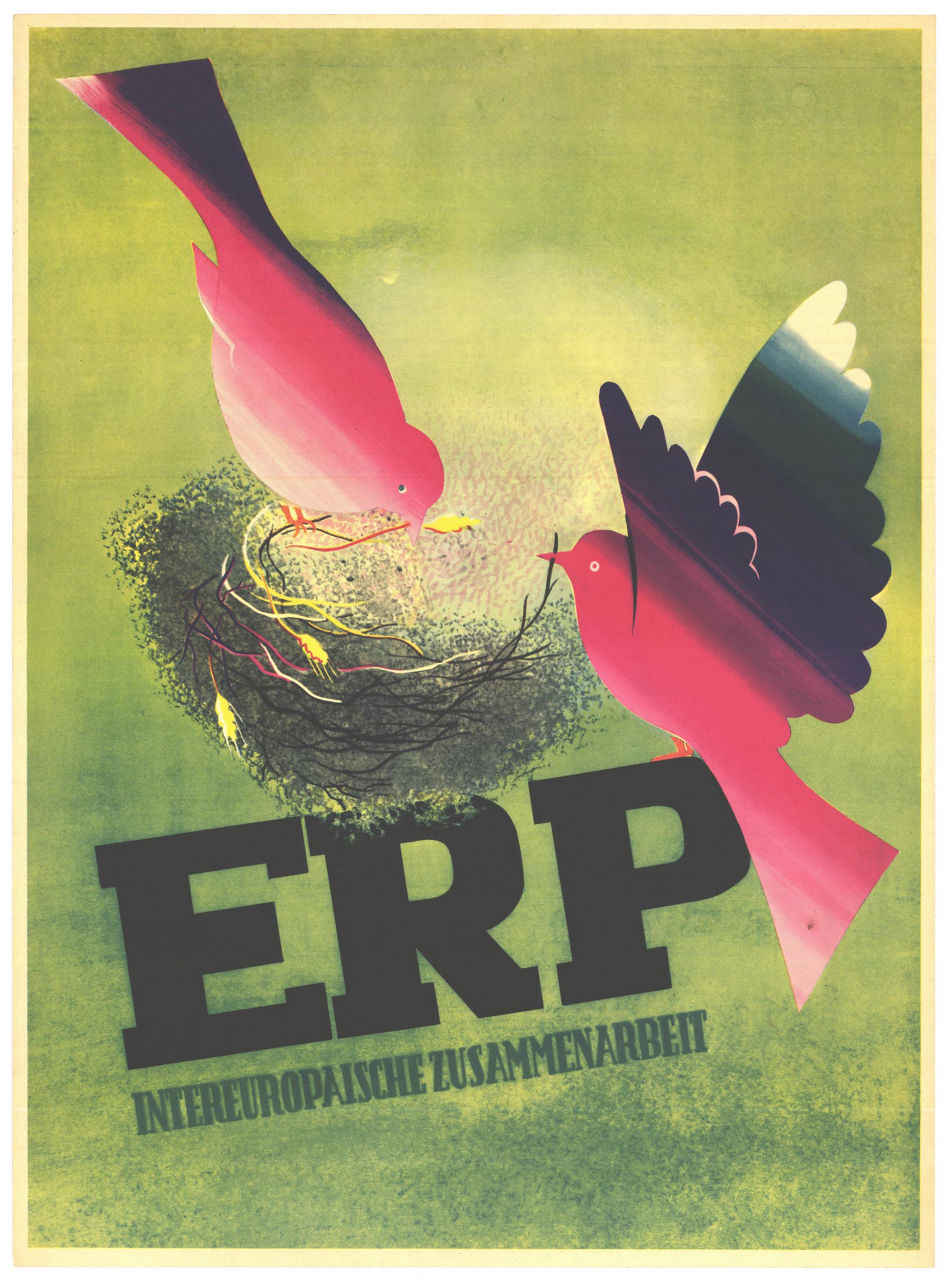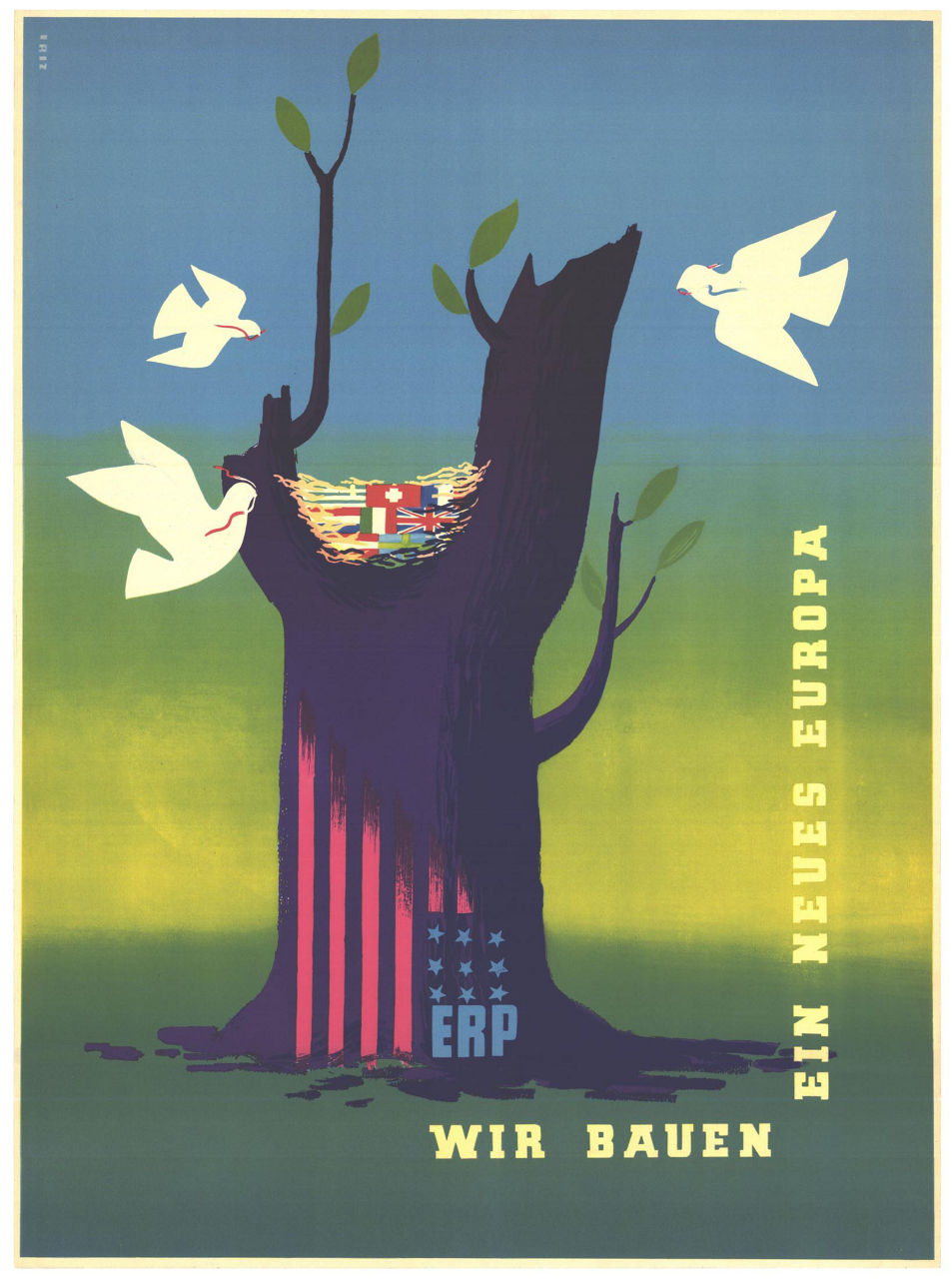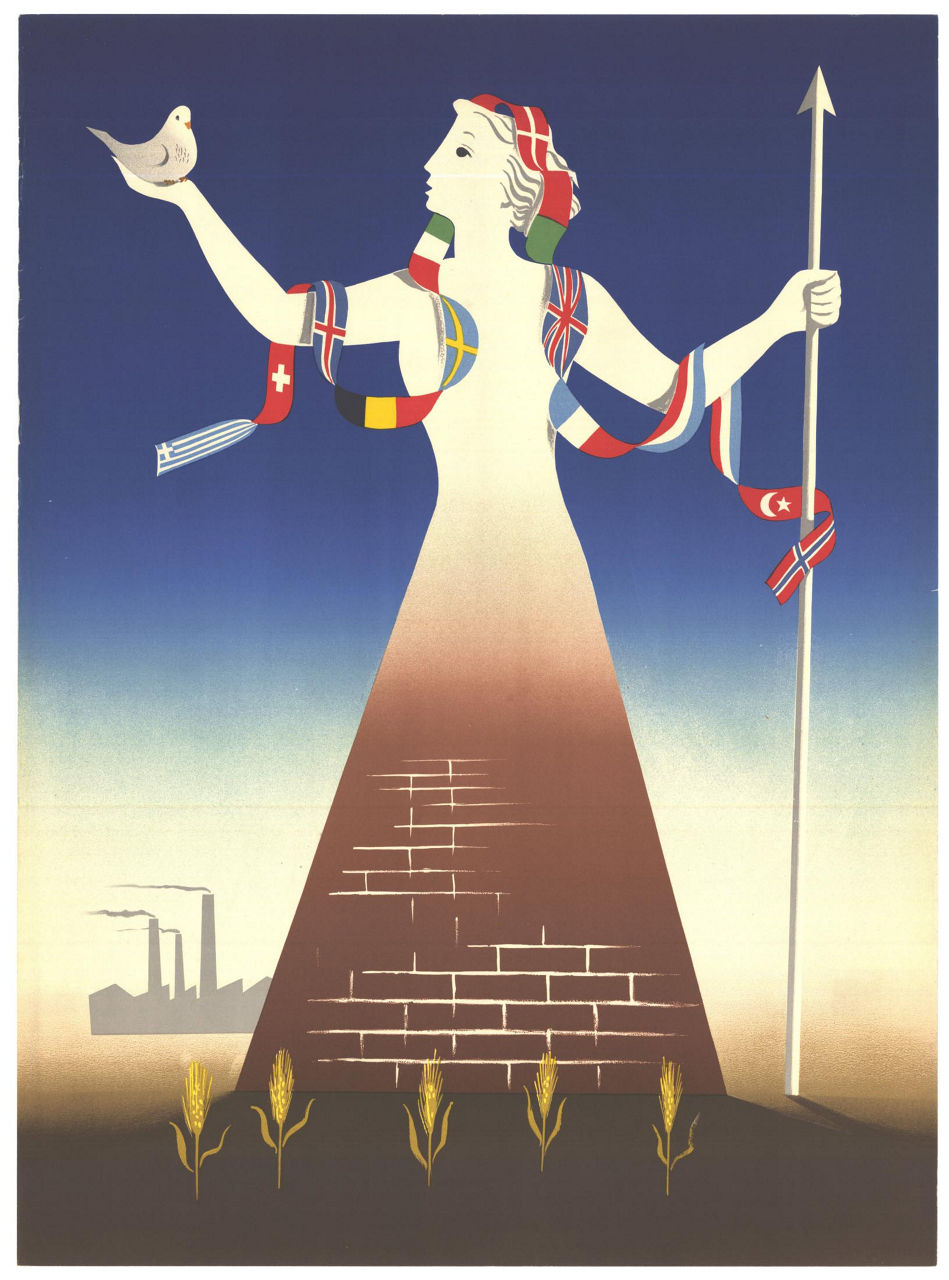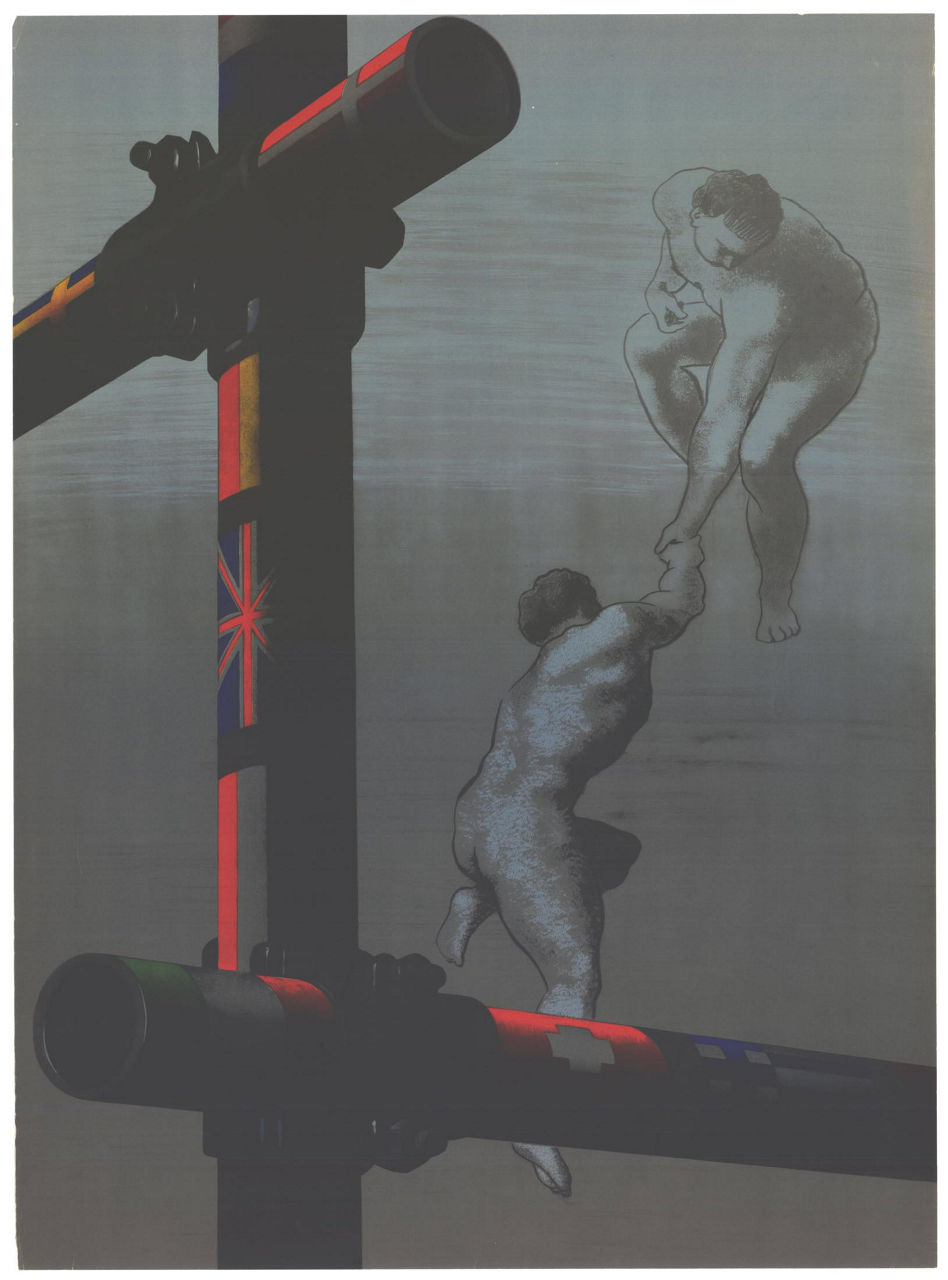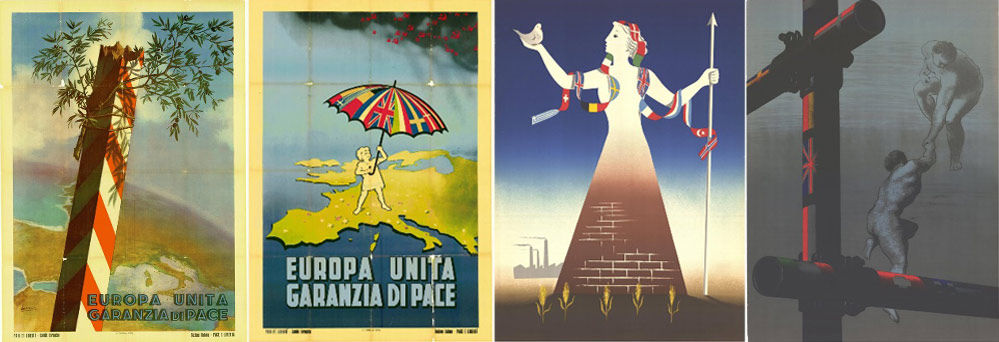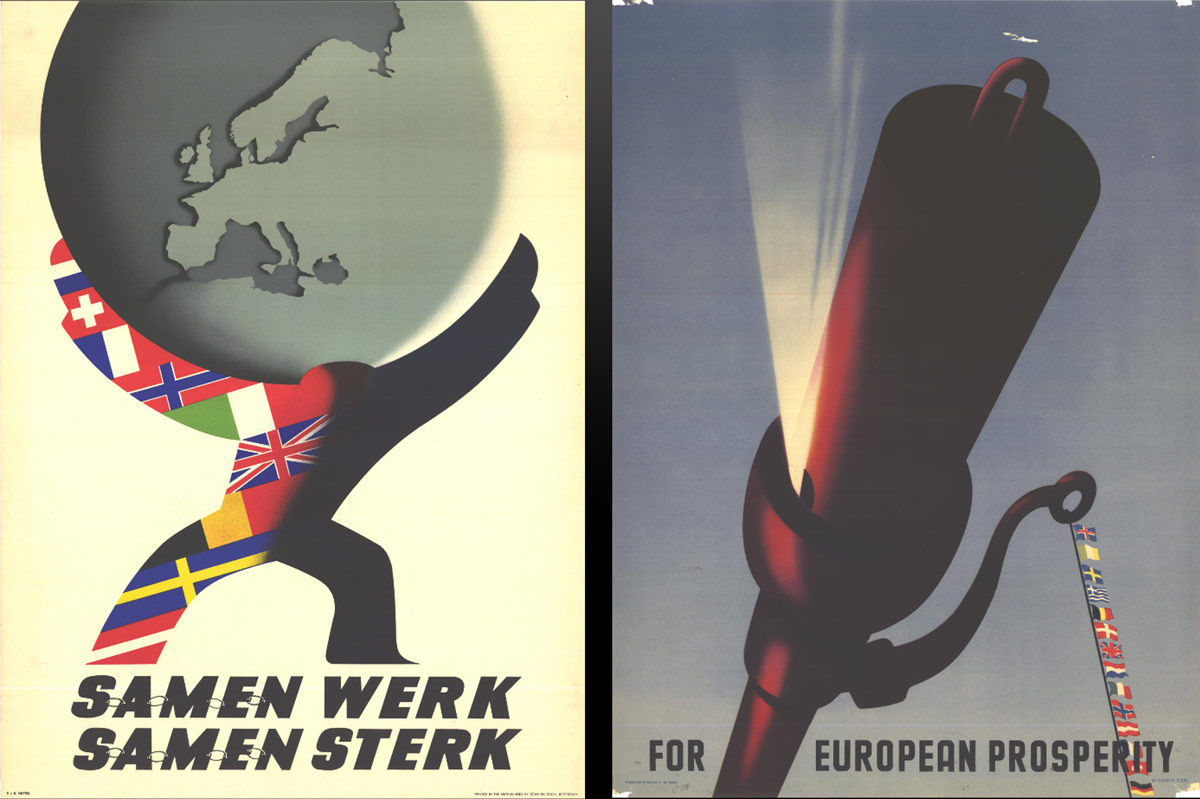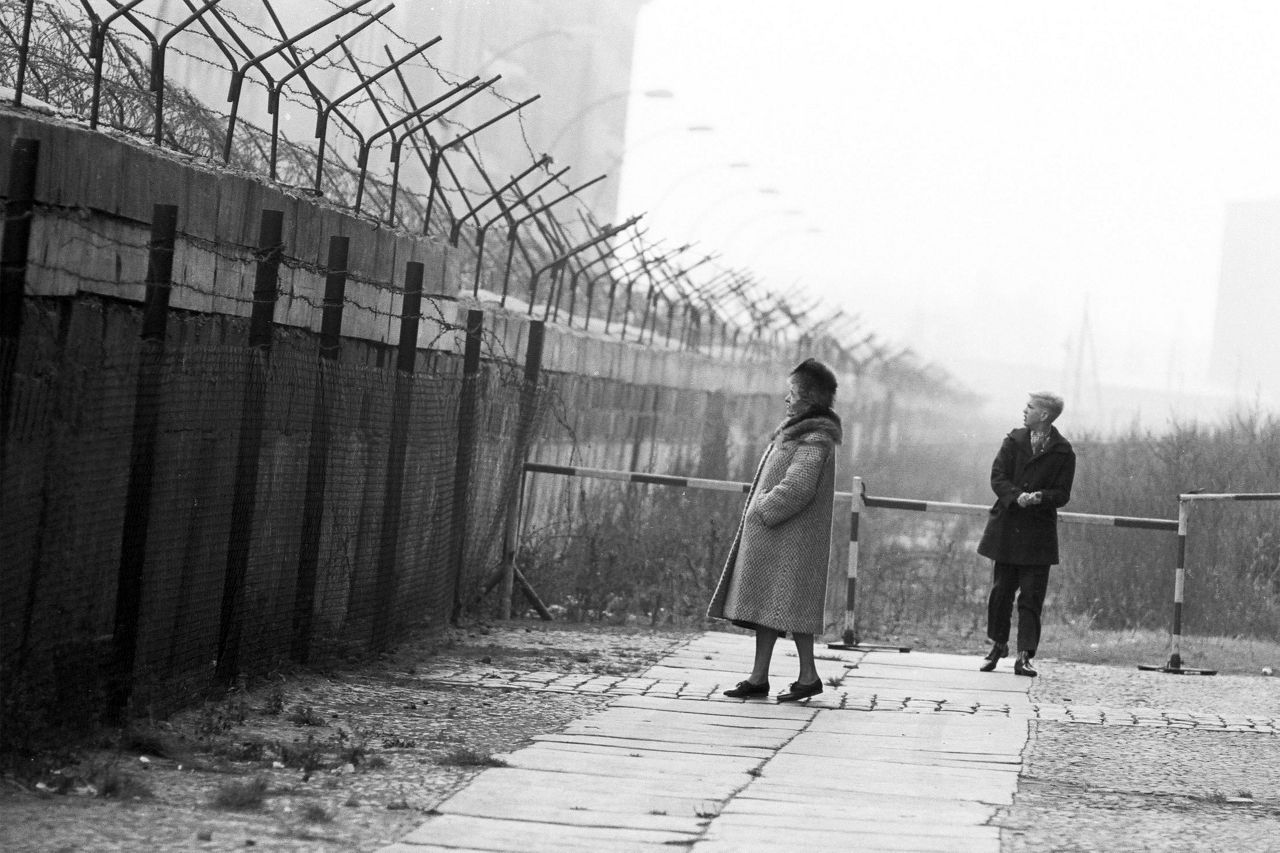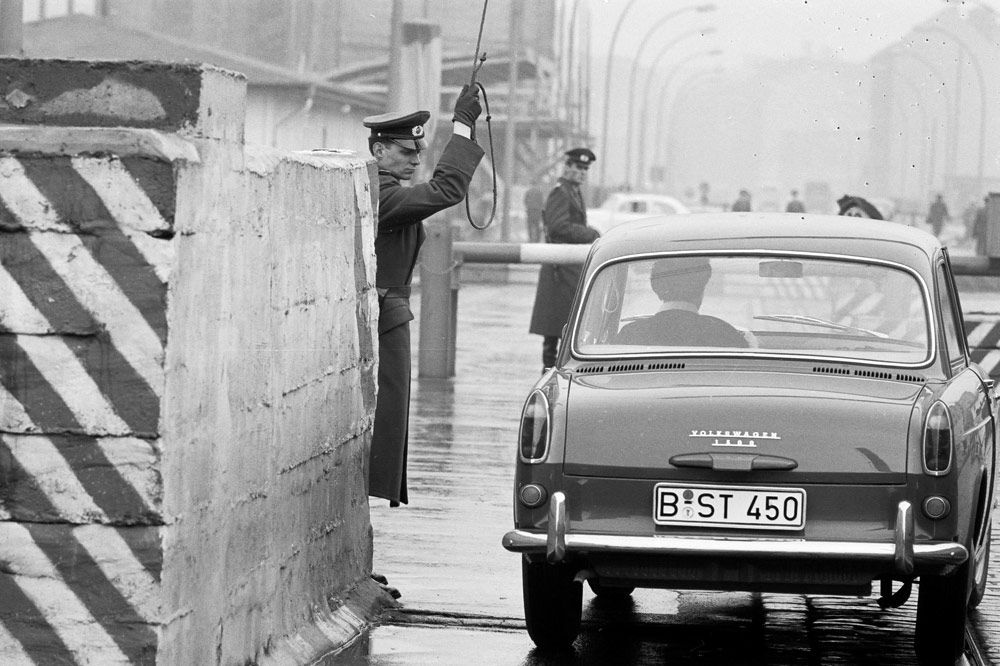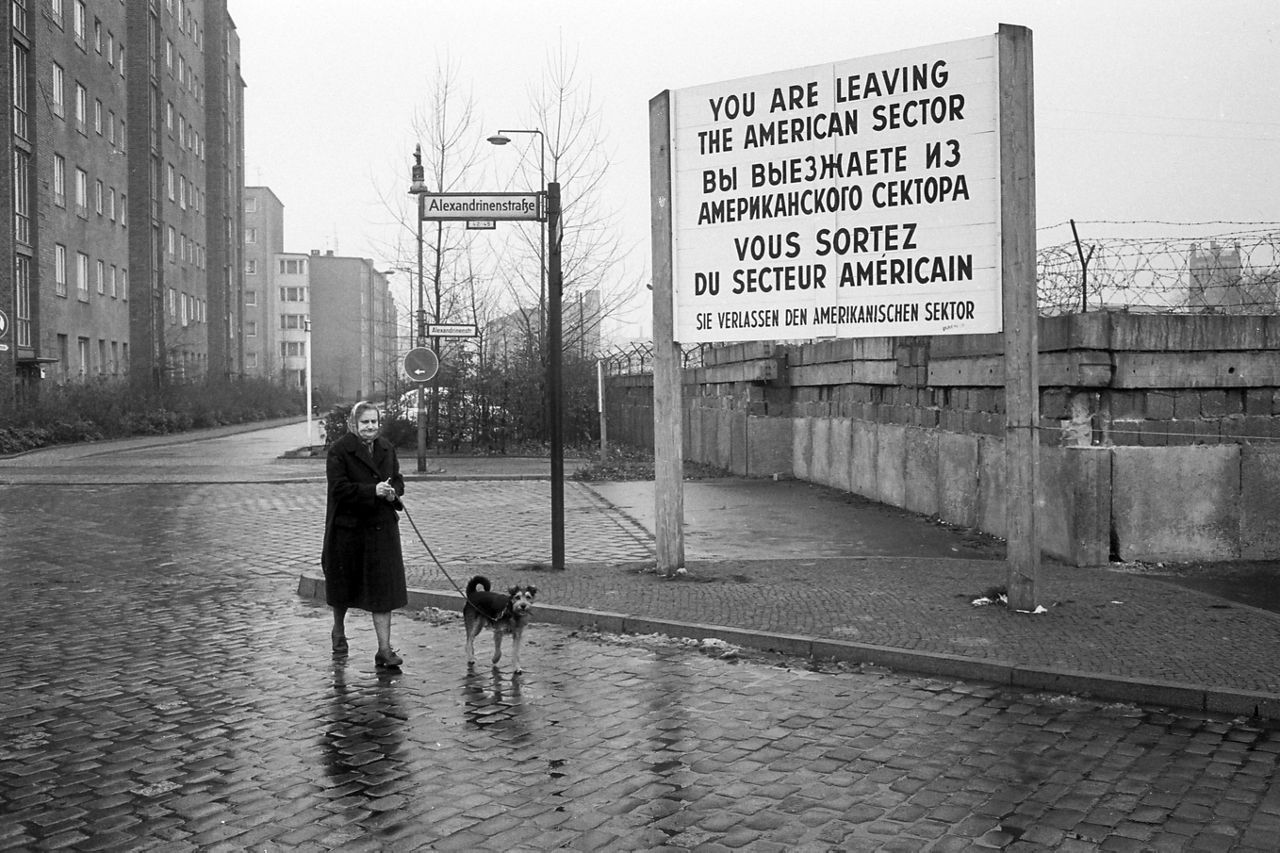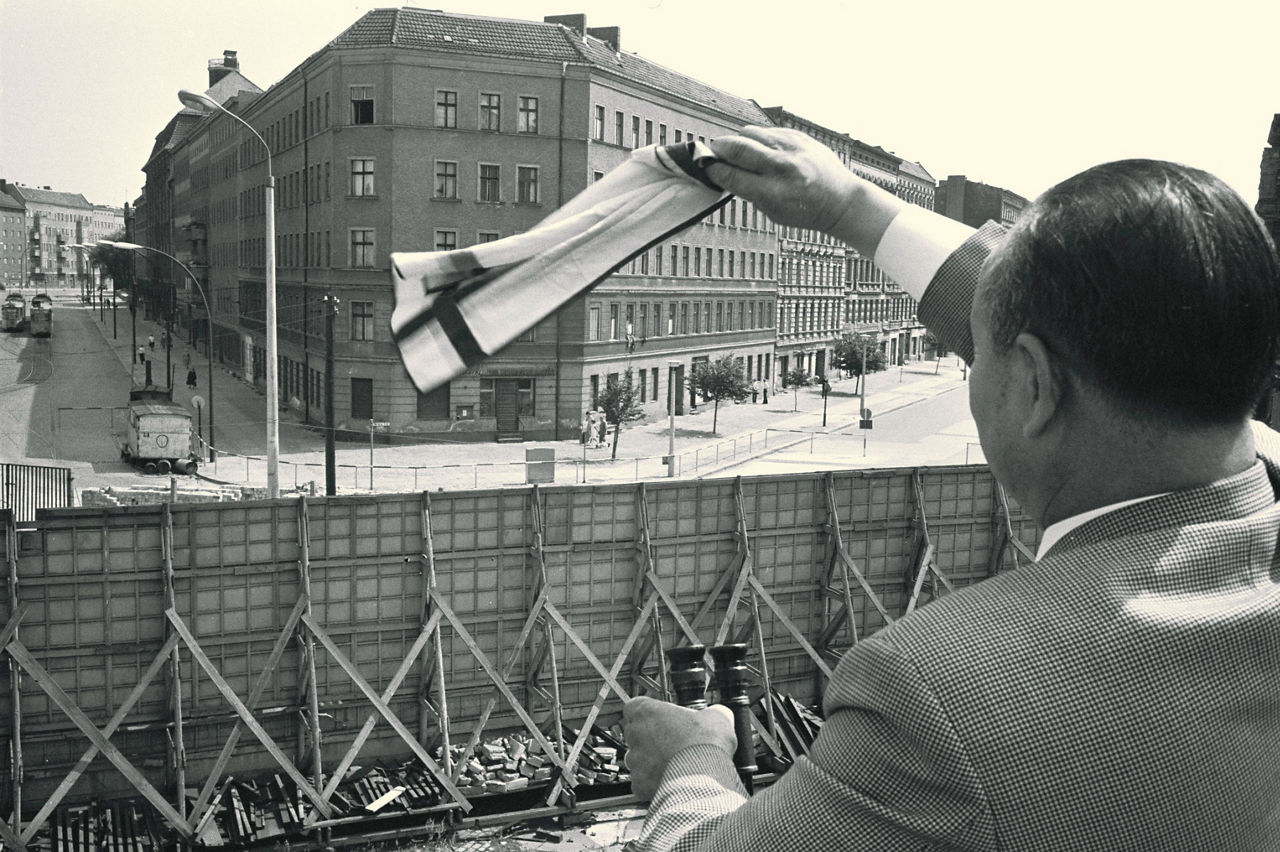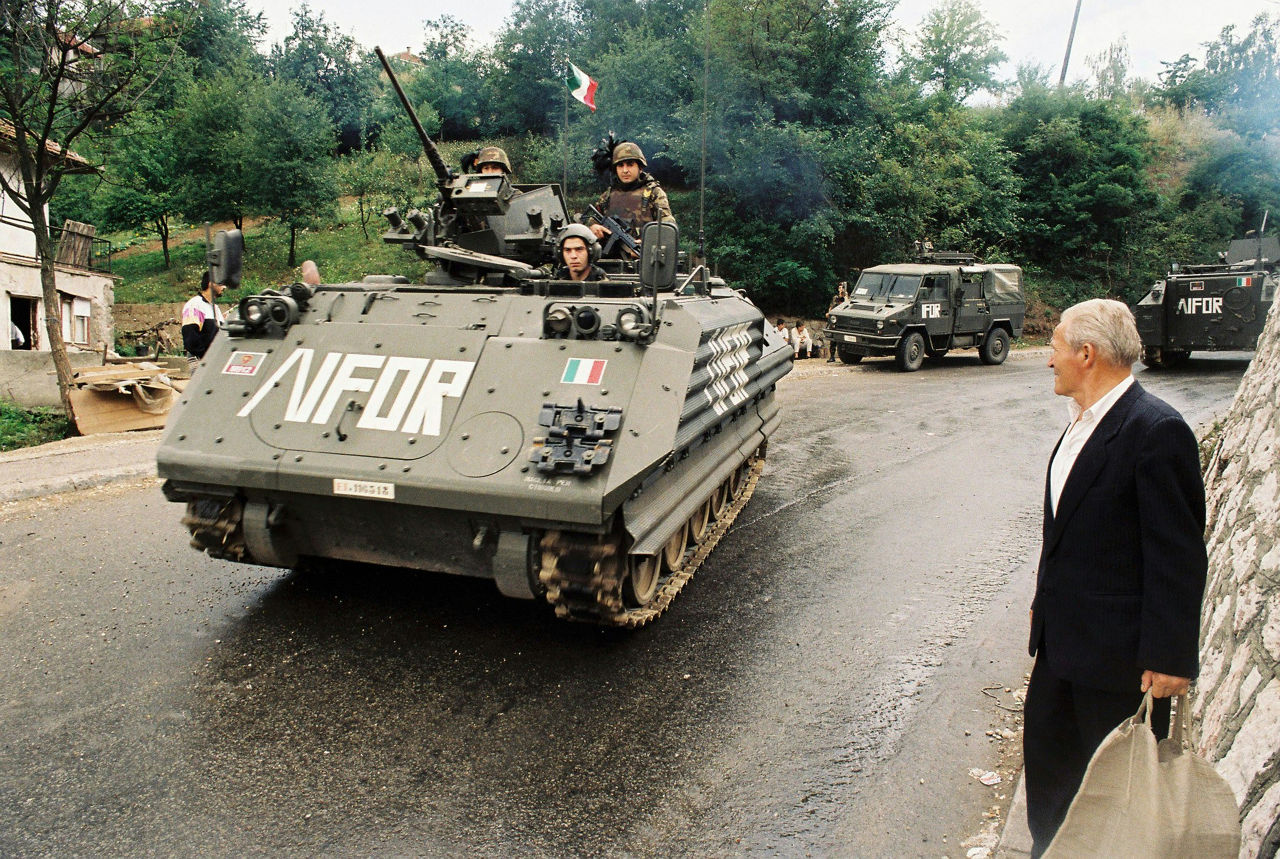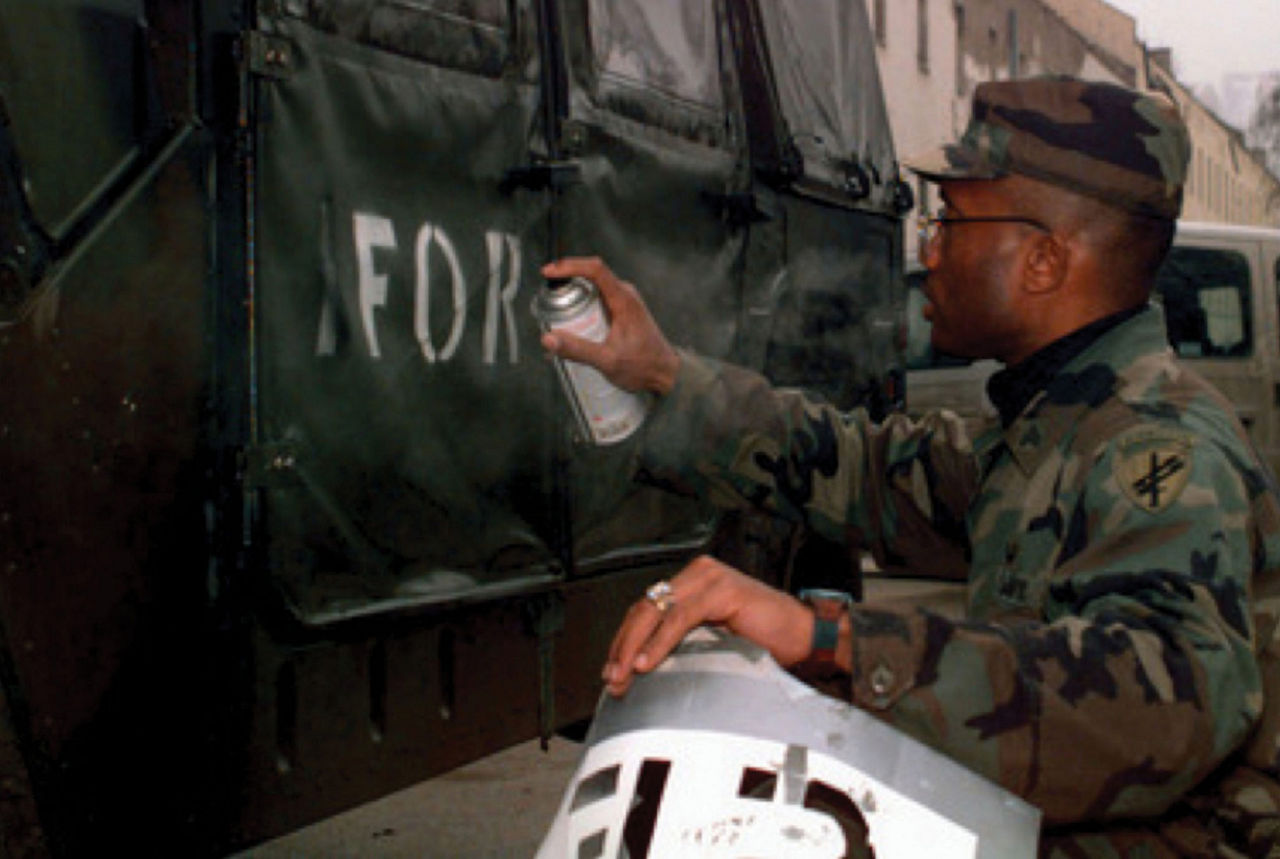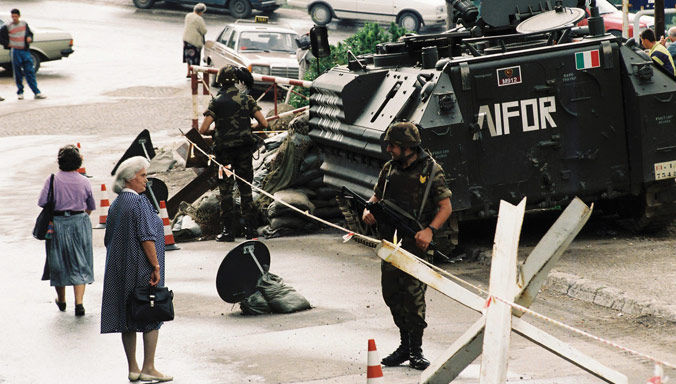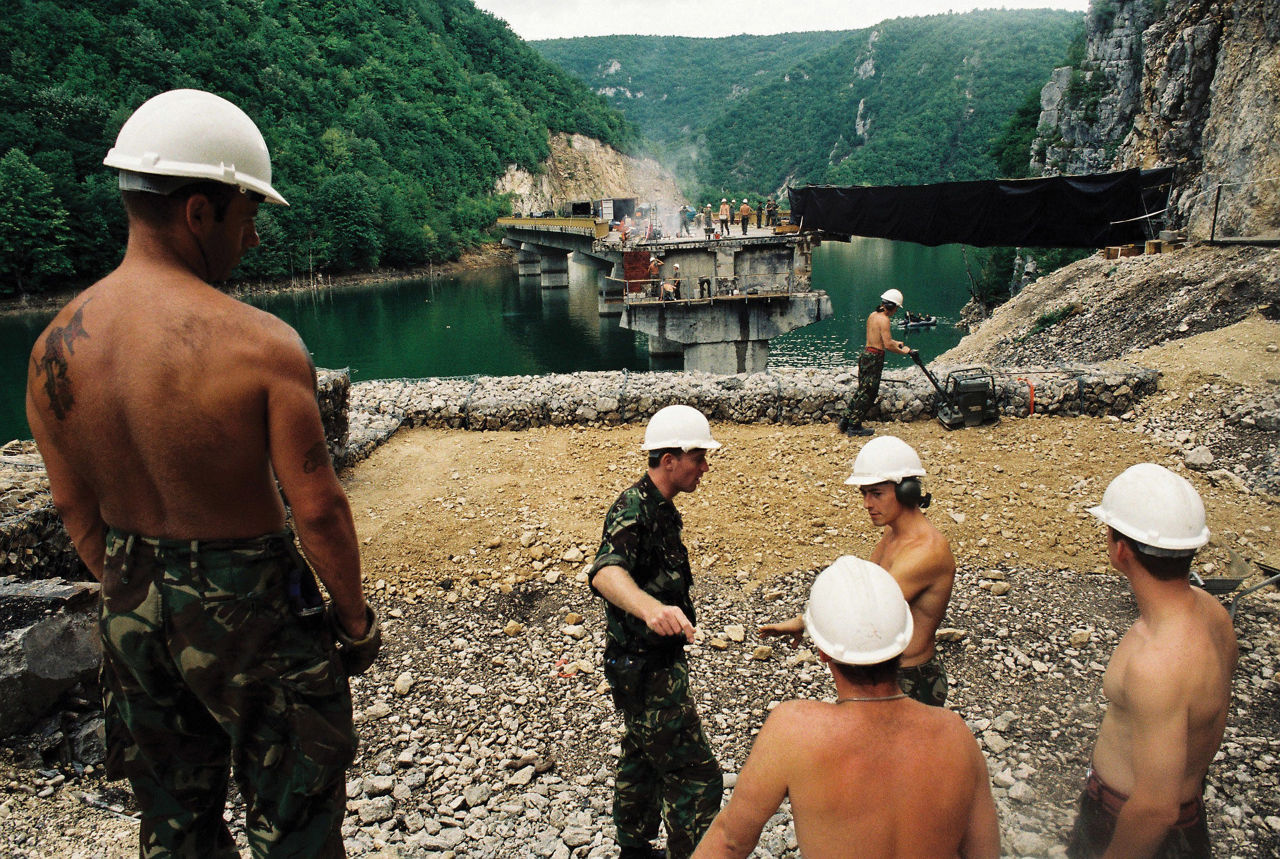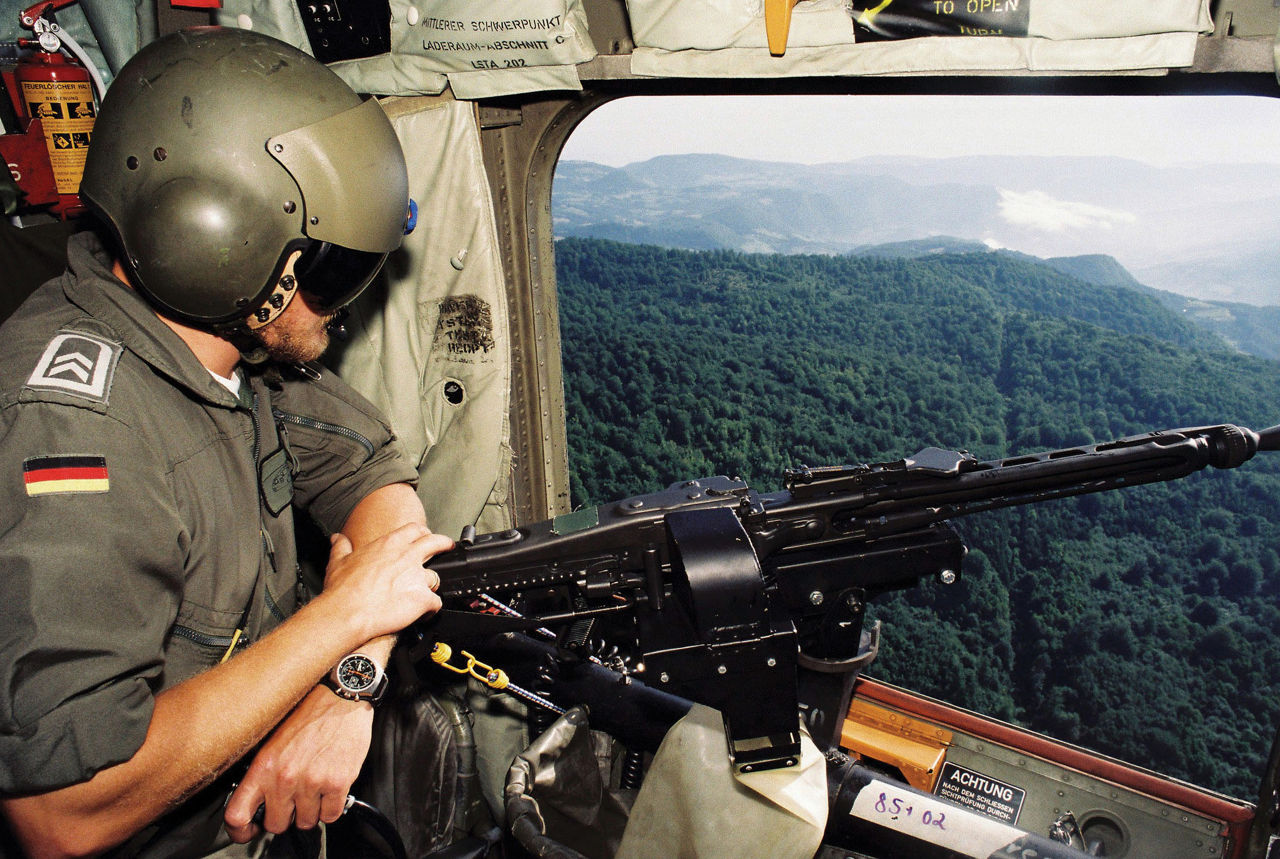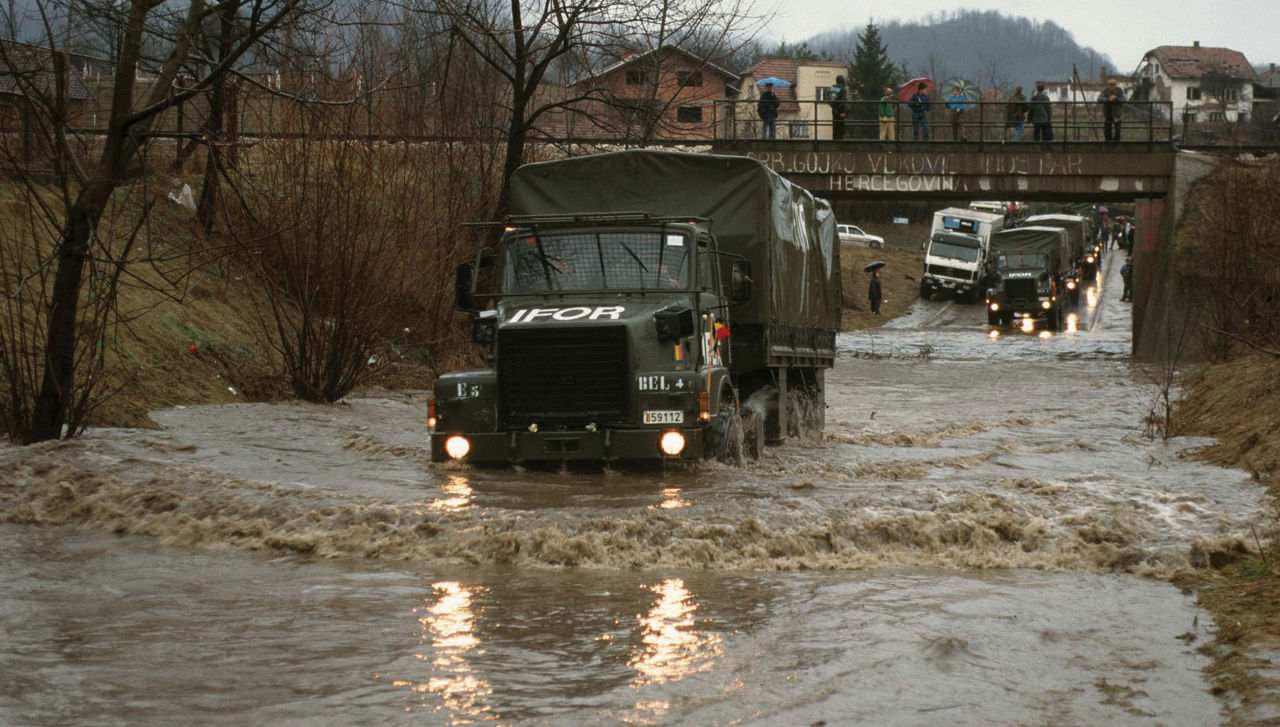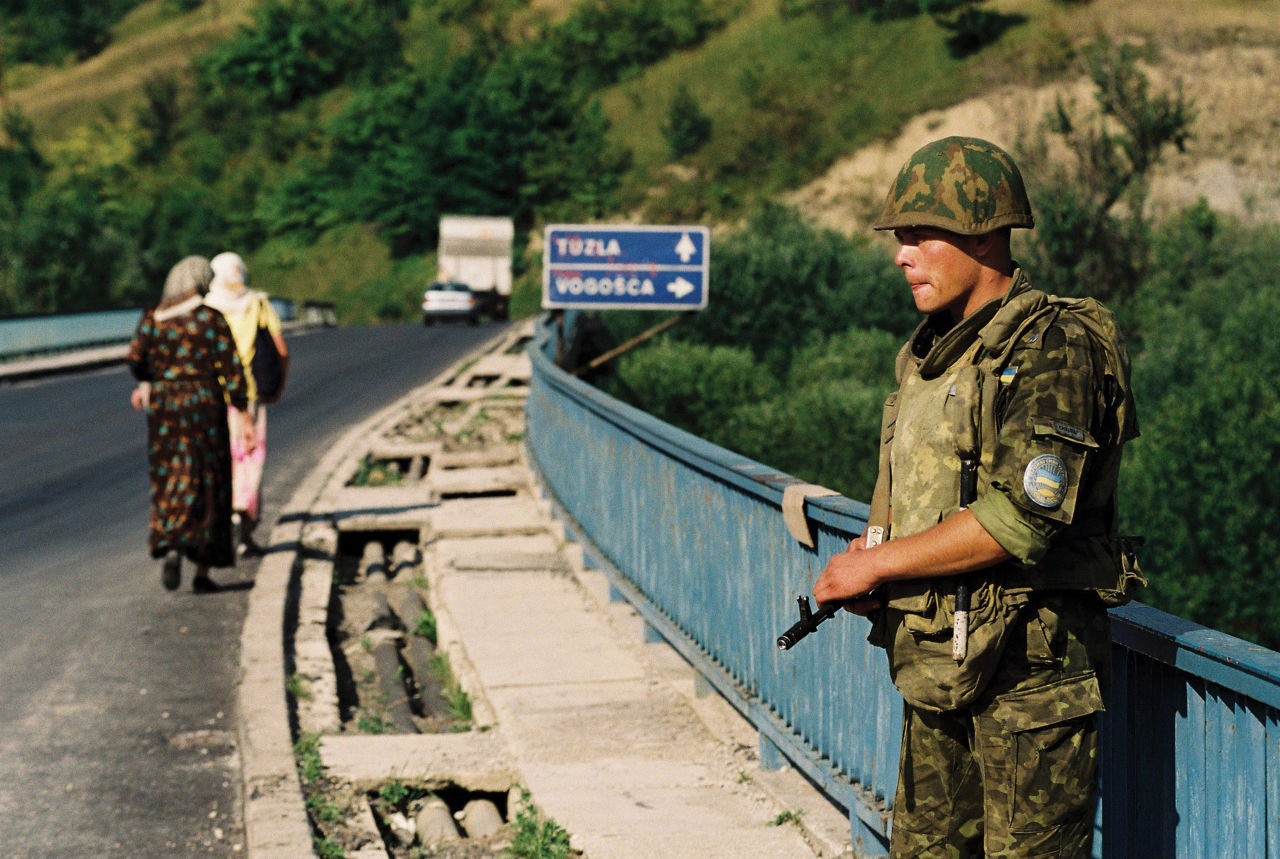Download NATO’s broadcast-quality video content free of charge

Log in
NATO MULTIMEDIA ACCOUNT
Access NATO’s broadcast-quality video content free of charge

Check your inbox and enter verification code
You have successfully created your account
From now on you can download videos from our website
Subscribe to our newsletter
If you would also like to subscribe to the newsletter and receive our latest updates, click on the button below.
Enter the email address you registered with and we will send you a code to reset your password.
Didn't receive a code? Send new Code
The password must be at least 12 characters long, no spaces, include upper/lowercase letters, numbers and symbols.
Your password has been updated
Click the button to return to the page you were on and log in with your new password.
A short history of NATO
This page provides a quick overview of NATO history, from 1945 to present.
It is often said that the North Atlantic Treaty Organization was founded in response to the threat posed by the Soviet Union. This is only partially true. In fact, the Alliance’s creation was part of a broader effort to serve three purposes: deterring Soviet expansionism, forbidding the revival of nationalist militarism in Europe through a strong North American presence on the continent, and encouraging European political integration.
The aftermath of World War II saw much of Europe devastated in a way that is now difficult to envision. Approximately 36.5 million Europeans had died in the conflict, 19 million of them civilians. Refugee camps and rationing dominated daily life. In some areas, infant mortality rates were one in four. Millions of orphans wandered the burnt-out shells of former metropolises. In the German city of Hamburg alone, half a million people were homeless.
In addition, Communists aided by the Soviet Union were threatening elected governments across Europe. In February 1948, the Communist Party of Czechoslovakia, with covert backing from the Soviet Union, overthrew the democratically elected government in that country. Then, in reaction to the democratic consolidation of West Germany, the Soviets blockaded Allied-controlled West Berlin in a bid to consolidate their hold on the German capital. The heroism of the Berlin Airlift provided future Allies with some solace, but privation remained a grave threat to freedom and stability.
A treaty for our age
Fortunately, by then the United States had turned its back on its traditional policy of diplomatic isolationism. Aid provided through the US-funded Marshall Plan (also known as the European Recovery Program) and other means fostered a degree of economic stabilisation. European states still needed confidence in their security, however, before they would begin talking and trading with each other. Military cooperation, and the security it would bring, would have to develop in parallel with economic and political progress.
With this in mind, several Western European democracies came together to implement various projects for greater military cooperation and collective defence, including the creation of the Western Union in 1948, later to become the Western European Union in 1954. In the end, it was determined that only a truly transatlantic security agreement could deter Soviet aggression while simultaneously preventing the revival of European militarism and laying the groundwork for political integration.
Accordingly, after much discussion and debate, the North Atlantic Treaty was signed on 4 April, 1949. In the Treaty's renowned Article 5, the new Allies agreed "an armed attack against one or more of them… shall be considered an attack against them all" and that following such an attack, each Ally would take "such action as it deems necessary, including the use of armed force" in response. Significantly, Articles 2 and 3 of the Treaty had important purposes not immediately germane to the threat of attack. Article 3 laid the foundation for cooperation in military preparedness between the Allies, and Article 2 allowed them some leeway to engage in non-military cooperation.
We do not keep security establishments merely to defend property or territory or rights abroad or at sea. We keep the security forces to defend a way of life.

While the signing of the North Atlantic Treaty had created Allies, it had not created a military structure that could effectively coordinate their actions. This changed when growing worries about Soviet intentions culminated in the Soviet detonation of an atomic bomb in 1949 and in the outbreak of the Korean War in 1950. The effect upon the Alliance was dramatic. NATO soon gained a consolidated command structure with a military Headquarters based in the Parisian suburb of Rocquencourt, near Versailles. This was Supreme Headquarters Allied Powers Europe, or SHAPE, with US General Dwight D. Eisenhower as the first Supreme Allied Commander Europe, or SACEUR. Soon afterward, the Allies established a permanent civilian secretariat in Paris, and named NATO's first Secretary General, Lord Ismay of the United Kingdom.
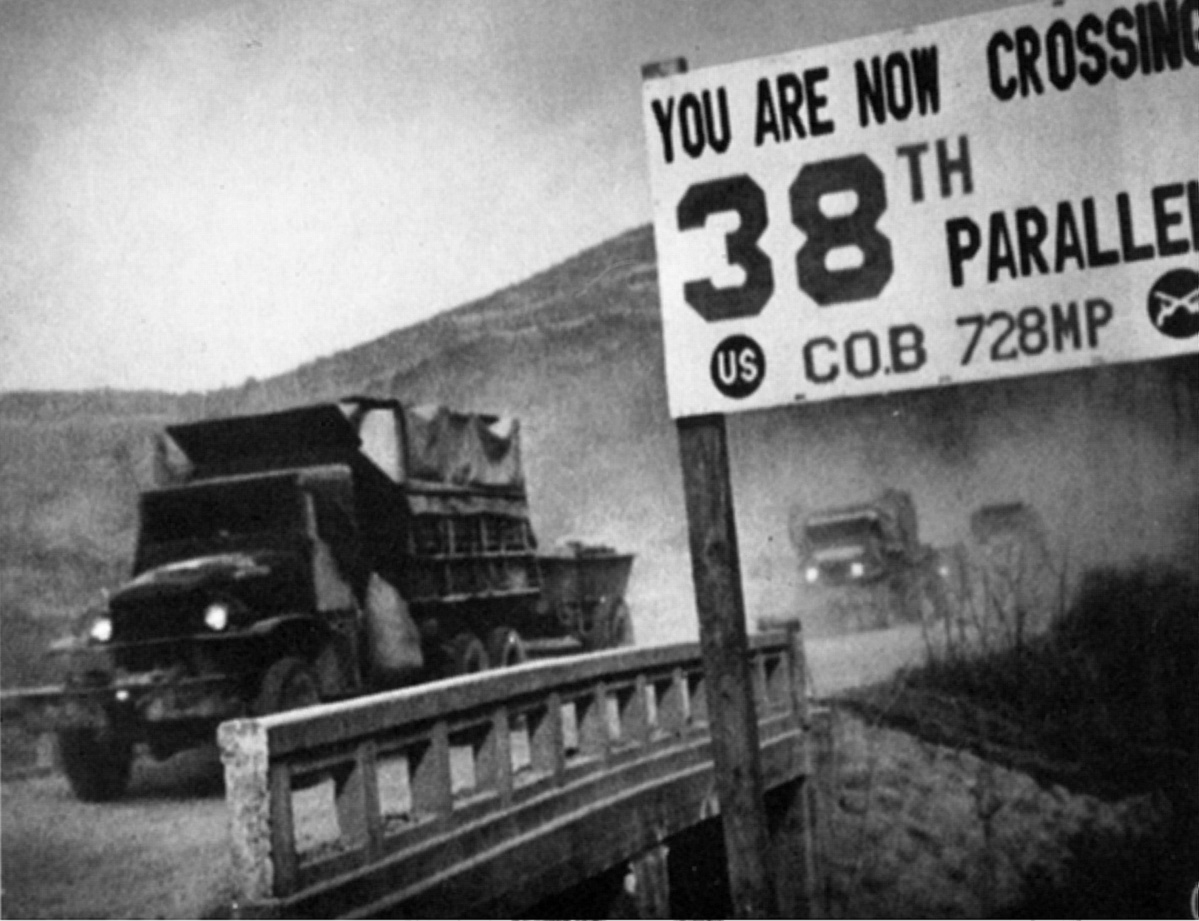
With the benefit of aid and a security umbrella, political stability was gradually restored to Western Europe and the post-war economic miracle began. New Allies joined the Alliance: Greece and Türkiye in 1952, and West Germany in 1955. European political integration took its first hesitant steps. In reaction to West Germany’s NATO accession, the Soviet Union and its Eastern European client states formed the Warsaw Pact in 1955. Europe settled into an uneasy stand-off, symbolised by the construction of the Berlin Wall in 1961.
During this time, NATO adopted the strategic doctrine of "Massive Retaliation” – if the Soviet Union attacked, NATO would respond with nuclear weapons. The intended effect of this doctrine was to deter either side from risk-taking since any attack, however small, could have led to a full nuclear exchange. Simultaneously, "Massive Retaliation” allowed Alliance members to focus their energies on economic growth rather than on maintaining large conventional armies. The Alliance also took its first steps towards a political as well as a military role. Since the Alliance’s founding, the smaller Allies in particular had argued for greater non-military cooperation, and the Suez Crisis in the fall of 1956 laid bare the lack of political consultation that divided some members. In addition, the Soviet Union’s launch of the Sputnik satellite in 1956 shocked the Allies into greater scientific cooperation. A report delivered to the North Atlantic Council by the Foreign Ministers of Norway, Italy, and Canada – the “Three Wise Men” – recommended more robust consultation and scientific cooperation within the Alliance, and the report’s conclusions led, inter alia, to the establishment of the NATO Science Programme.
From defence to détente
In the 1960s, this uneasy but stable status quo began to change. Cold War tensions re-ignited as Soviet premier Nikita Khrushchev and US President John F. Kennedy narrowly avoided conflict in Cuba, and as American involvement in Vietnam escalated. Despite this unpropitious start, by decade’s end what had been primarily a defence-based organisation came to embody a new phenomenon: détente, a relaxation of tensions between the Western and Eastern blocs driven by a grudging acceptance of the status quo.
During this decade, NATO and SHAPE unexpectedly moved to a new home. In March 1966, France announced its intention to withdraw from NATO’s integrated military command structure and requested the removal of all Allied headquarters from French territory. A new SHAPE Headquarters was established in Casteau, Belgium in March 1967, and NATO HQ moved to Brussels in October of the same year. Significantly, France remained within the Alliance and consistently emphasised its intention to stand together with its Allies in the event of hostilities. France also proved to be among the Alliance’s most valuable force contributors during later peacekeeping operations. Flexibility was always key to NATO’s success, and the French withdrawal from NATO’s integrated military command structure demonstrated that NATO, unlike the Warsaw Pact, could tolerate differing viewpoints between its members.
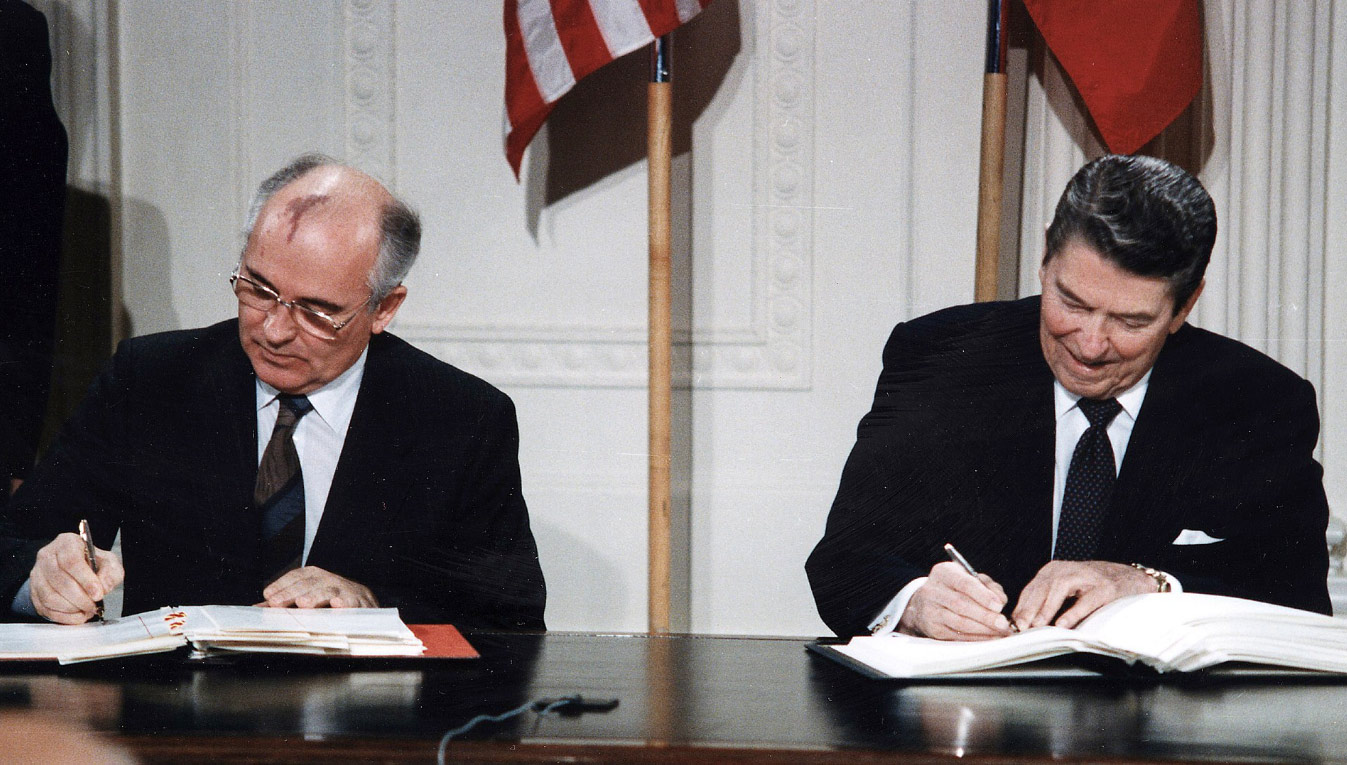
As a reminder of this point, in August 1968, the Soviet Union led an invasion of Czechoslovakia that put an end to a period of political liberalisation in that country known as the Prague Spring. Like a similar invasion of Hungary in 1956 and military repression in Berlin in 1953, Soviet actions demonstrated what became known as the Brezhnev Doctrine: given the choice between short-term control of Eastern European client states and long-run political and economic reform, the Soviet Union would choose to maintain short-term control. The end of this policy would await a Soviet leader willing to choose long-run reform.
Détente had many faces. West German Chancellor Willy Brandt’s Ostpolitik sought to encourage European stability through closer relations between Eastern and Western Europe. US President John F. Kennedy’s strategy of “Flexible Response” sought to replace Massive Retaliation’s absolute dichotomy of peace or total nuclear war. Adopted in the wake of the Cuban Missile Crisis, Flexible Response enhanced NATO’s conventional defence posture by offering military responses short of a full nuclear exchange in the event of conflict. Also during this time, a report entitled “The Future Tasks of the Alliance”, delivered in December 1967 to the North Atlantic Council by Belgian Foreign Minister Pierre Harmel, recommended that NATO should have a political track promoting dialogue and détente between NATO and Warsaw Pact countries. The role of NATO had become not merely to preserve the status quo, but to help change it.
The Harmel Report helped to lay the foundation for the convening of the Conference on Security and Co-operation in Europe in 1973. Two years later, the Conference led to the negotiation of the Helsinki Final Act. The Act bound its signatories – including the Soviet Union and members of the Warsaw Pact – to respect the fundamental freedom of their citizens, including the freedom of thought, conscience, religion or belief. Soviet rulers internally played down these clauses within the Act, attaching more importance to the Western recognition of the Soviet role in Eastern Europe. Eventually, however, the Soviets came to learn that they had bound themselves to powerful and potentially subversive ideas.
The Cold War revived
The 1979 Soviet invasion of Afghanistan and the Soviet deployment of SS-20 Saber ballistic missiles in Europe led to the suspension of détente. To counter the Soviet deployment, Allies made the “dual track” decision to deploy nuclear-capable Pershing II and ground-launched cruise missiles in Western Europe while continuing negotiations with the Soviets. The deployment was not scheduled to begin until 1983. In the meantime, the Allies hoped to achieve an arms control agreement that would eliminate the need for the weapons.
Lacking the hoped-for agreement with the Soviets, NATO members suffered internal discord when deployment began in 1983. Following the ascent of Mikhail Gorbachev as Soviet Premier in 1985, the United States and the Soviet Union signed the Intermediate-Range Nuclear Forces (INF) Treaty in 1987, eliminating all nuclear and ground-launched ballistic and cruise missiles with intermediate ranges. This is now regarded as an initial indication that the Cold War was coming to an end. The 1980s also saw the accession of NATO’s first new member since 1955. In 1982, a newly democratic Spain joined the transatlantic Alliance.
By the mid-1980s, most international observers believed that Soviet Communism had lost the intellectual battle with the West. Dissidents had dismantled the ideological supports of Communist regimes, a process aided in retrospect by the Soviet Union’s own ostensible adherence to human rights principles outlined by the Helsinki Final Act. By the late 1980s, the communist government of Poland found itself forced to negotiate with the formerly repressed independent trade union “Solidarity” and its leader, Lech Wałęsa. Soon other democratic activists in Eastern Europe and the Soviet Union itself would begin to demand those very rights.
By this time, command economies in the Warsaw Pact were disintegrating. The Soviet Union was spending three times as much as the United States on defence with an economy that was one-third the size. Mikhail Gorbachev came to power with the intention of fundamentally reforming the communist system. When the East German regime began to collapse in 1989, the Soviet Union did not intervene, reversing the Brezhnev Doctrine. This time, the Soviets chose long-run reform over a short-run control that was increasingly beyond their capabilities, setting in motion a train of events that led to the break-up of the Warsaw Pact.
Be careful what you wish for
The collapse of Soviet communism has left us with a paradox: there is less threat, but also less peace.

NATO Secretary General 1993
The fall of the Berlin Wall on 9 November 1989 seemed to proclaim a new era of open markets, democracy and peace, and Allies reacted with incredulous joy as emboldened demonstrators overthrew Eastern European Communist governments. But there were also frightening uncertainties. Would a united Germany be neutral? What would become of nuclear weapons in former Soviet republics? Would nationalism once again curse European politics? For NATO, the question was existential: was there any further need for the Atlantic Alliance?
NATO endured because while the Soviet Union was no more, the Alliance’s two other original if unspoken mandates still held: to deter the rise of militant nationalism and to provide the foundation of collective security that would encourage democratisation and political integration in Europe. The definition of “Europe” had merely expanded eastward. Before the consolidation of peace and security could begin, however, one spectre haunting European politics remained to be exorcised. Since the Franco-Prussian War, Europe had struggled to come to terms with a united Germany at its heart. The incorporation of a re-unified Germany into the Alliance put this most ancient and destructive of dilemmas to rest.
In 1991 as in 1949, NATO was to be the foundation stone for a larger, pan-European security architecture. In December 1991, the Allies established the North Atlantic Cooperation Council, renamed the Euro-Atlantic Partnership Council in 1997. This forum brought the Allies together with their Central European, Eastern European, and Central Asian neighbours for joint consultations. Many of these newly liberated countries – or partners, as they were soon called – saw a relationship with NATO as fundamental to their own aspirations for stability, democracy, and European integration. Cooperation also extended southward. In 1994, the Alliance founded the Mediterranean Dialogue with six non-member Mediterranean countries: Egypt, Israel, Jordan, Mauritania, Morocco and Tunisia, with Algeria also joining in 2000. The Dialogue seeks to contribute to security and stability in the Mediterranean through better mutual understanding.
This fledgling cooperation was soon put to the test. The collapse of Communism had given way to the rise of nationalism and ethnic violence, particularly in the former Yugoslavia. At first, Allies hesitated to intervene in what was perceived as a Yugoslav civil war. Later the conflict came to be seen as a war of aggression and ethnic cleansing, and the Alliance decided to act. Initially, NATO offered its full support to United Nations efforts to end war crimes, including direct military action in the form of a naval embargo. Soon the enforcement of a no-fly zone led to airstrikes against heavy weapons violating UN resolutions. Finally, the Alliance carried out a nine-day air campaign in September 1995 that played a major role in ending the conflict. In December of that year, NATO deployed a UN-mandated, multinational force of 60 000 soldiers to help implement the Dayton Peace Agreement and to create the conditions for a self-sustaining peace. In 2004, NATO handed over this role to the European Union.
The Yugoslav conflict - and other contemporaneous conflicts in the Caucasus and elsewhere - made clear that the post-Cold War power vacuum was a source of dangerous instability. Mechanisms for partnership had to be strengthened in a way that would allow non-NATO countries to cooperate with the Alliance to reform still-evolving democratic and military institutions and to relive their strategic isolation. As part of this evolving effort, Allies created the Partnership for Peace programme, or PfP, in 1994. The Partnership for Peace allowed non-NATO countries, or “Partners”, to share information with NATO Allies and to modernise their militaries in line with modern democratic standards. Partners were encouraged to choose their own level of involvement with the Alliance. The path to full membership would remain open to those who decided to pursue it.
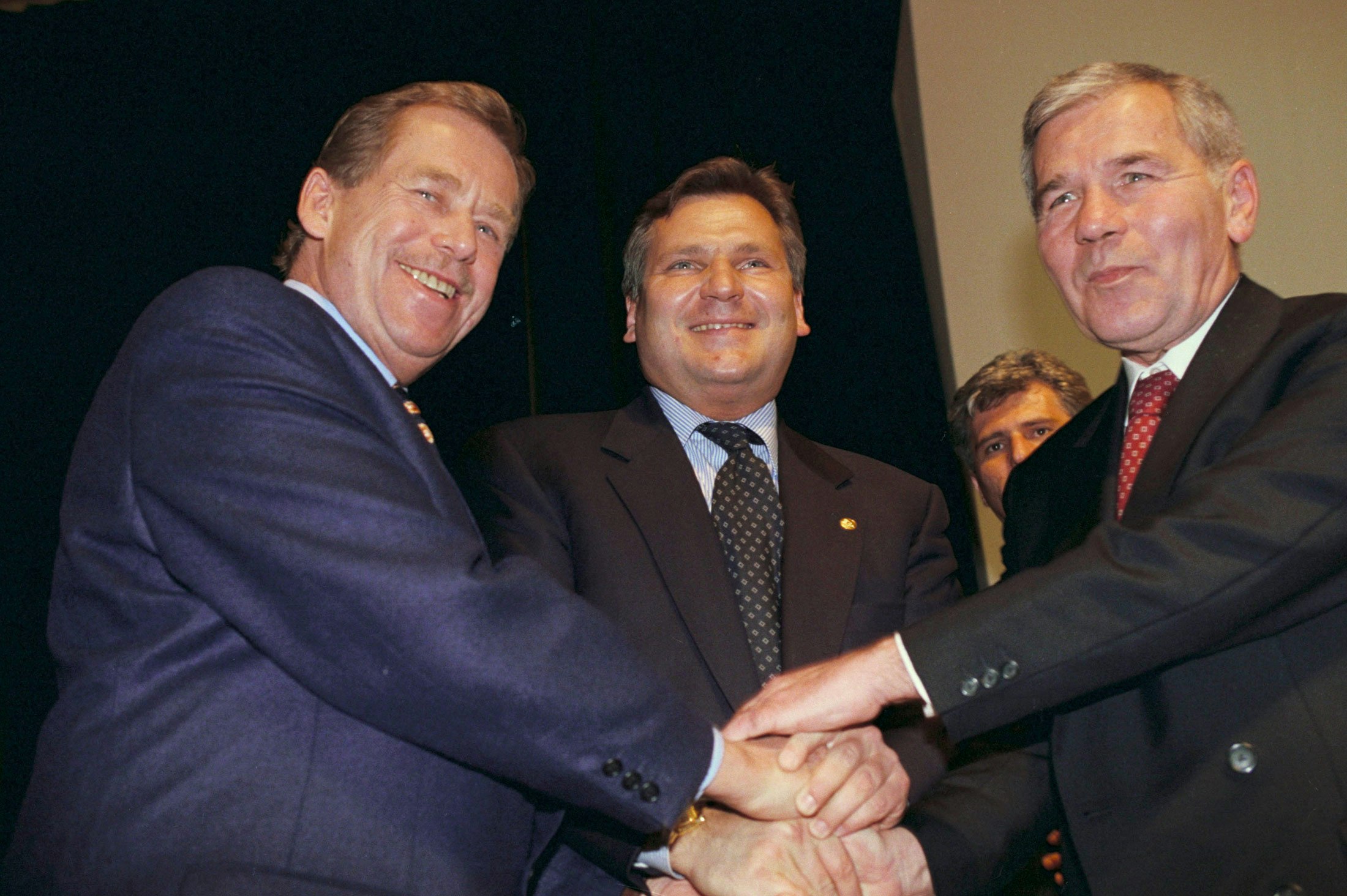
This process reached an important milestone at the 1999 Washington Summit when three former Partners – Czechia, Hungary and Poland – took their seats as full Alliance members following their completion of a political and military reform programme. Through enlargement, NATO had played a crucial role in consolidating democracy and stability in Europe. Even before the new Allies joined NATO in Washington, however, a new crisis had already broken out.
By the end of 1998, over 300 000 Kosovar Albanians had fled their homes during conflict between Albanian separatists in Kosovo and Serbian military and police. Following the failure of intense international efforts to resolve the crisis, the Alliance conducted air strikes for 78 days and flew 38 000 sorties with the goal of allowing a multinational peacekeeping force to enter Kosovo and cease ethnic cleansing in the region. On 4 June 1999, NATO suspended its air campaign after confirming that a withdrawal of the Serbian army from Kosovo had begun, and the deployment of the NATO-led Kosovo Force (KFOR) followed shortly thereafter. Today, KFOR troops are still deployed in Kosovo to help maintain a safe and secure environment and freedom of movement for all citizens, irrespective of their ethnic origin.
The 9/11 catalyst
NATO’s experiences in Bosnia and Kosovo demonstrated that the debate of whether NATO was to enforce a European peace was moot: events had forced the Alliance’s hand. Before the fall of the Berlin Wall, NATO had been a static organization whose mere existence was enough to deter the Soviet Union. Balkan intervention began the Alliance’s transformation into a more dynamic and responsive organization. Gone was the Cold War doctrine of nuclear retaliation, and in its place, the determination to use, after all peaceful means had failed, measured and carefully applied force in combination with diplomatic and humanitarian efforts to stop conflict, and to do so, if necessary out of NATO’s traditional North Atlantic sphere.
Accordingly, the Alliance adopted a new Strategic Concept describing the Alliance’s purpose and priorities. Most previous Strategic Concepts had been classified. In 1991, the Alliance had issued, for the first time, an unclassified Concept in the wake of the Soviet Union’s decline. The Concept that followed in 1999, stated that since the end of the Cold War, the world had come to face “complex new risks to Euro-Atlantic peace and security, including oppression, ethnic conflict, economic distress, the collapse of political order, and the proliferation of weapons of mass destruction.” These words would soon prove prescient.
The 11 September 2001 terrorist attacks on the World Trade Center and the Pentagon demonstrated to the Allies that political disorder in distant parts of the globe could have terrible consequences at home. For the first time in its history, NATO invoked its collective defence clause (Article 5). Substate actors – in this case, the al-Qaida terrorist group – had used Afghanistan as a base to export instability to the industrialised world, adopting hijacked airliners as improvised weapons of mass destruction to kill thousands of civilians. Subsequent attacks, including the Istanbul bombings in November 2003, the attack of the Madrid commuter train system on 11 March 2004 and the public transport system in London on 7 July 2005, made clear that violent extremists were determined to target civilian populations.
In very different circumstances to that envisaged by the authors of Article 5 in 1949, the mighty Alliance had stood by an ally under attack. The world that day had changed, and NATO’s transformation in the post-9/11 world had begun.
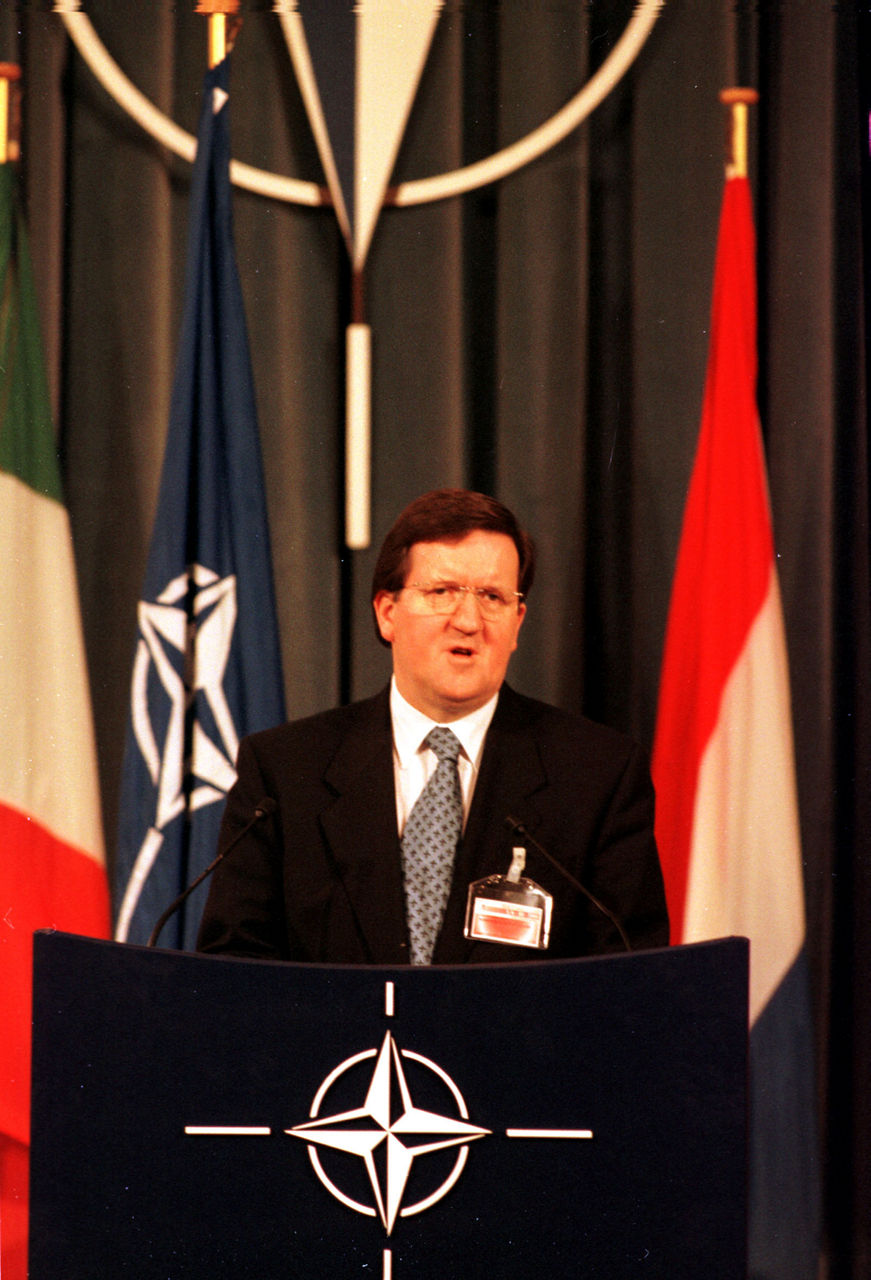
NATO Secretary General 2011
In the aftermath of the 9/11 attacks, a coalition of countries – including many NATO Allies – militarily intervened in Afghanistan in the fall of 2001. The goal of the mission, Operation Enduring Freedom, was to deny al-Qaida a base of operations and to detain as many al-Qaida leaders as possible. In December 2001, following the overthrow of the Taliban regime, UN Security Council Resolution 1386 authorised the deployment of the International Security Assistance Force (ISAF), a multilateral force in and around Kabul to help stabilise the country and create the conditions of a self-sustaining peace. In August 2003, NATO took over command and coordination of ISAF.
Meanwhile, NATO continued to accept new members and to build new partnerships. The NATO-Russia Council was established in 2002 so that individual NATO member states and Russia could work as equal partners on security issues of common interest. In 2004, the Alliance launched the Istanbul Cooperation Initiative as a way of offering practical bilateral security cooperation to countries of the broader Middle East region. Finally, subsequent rounds of enlargement brought more Allies into the fold – Bulgaria, Estonia, Latvia, Lithuania, Romania, Slovakia and Slovenia in 2004, Albania and Croatia in 2009, Montenegro in 2017, North Macedonia in 2020, Finland in 2023 and Sweden in 2024.
A new approach for a new century
In Afghanistan, as in Bosnia and Kosovo, Allies have seen that military power is not enough to ensure peace and stability. Peacekeeping has become at least as difficult as peacemaking. During the Cold War years, Allied security had entailed the defence of the North Atlantic Allies; now the definition of “security” has radically expanded to include the individual’s freedom from the violent extremism bred by instability and nation-state failure. For instance, much of the world’s attention in 2011 was focused on the crisis in Libya where NATO played a crucial role in helping to protect civilians under attack from their own government, as mandated by the United Nations. The level of violence used by the Libyan security forces against pro-democracy protestors was such that the international community agreed to take collective action. Indifference was simply not an option.
Successful peacekeeping has come to entail not merely providing a baseline of security, but assisting in the construction of modernity itself. This task is beyond NATO, and the Allies know it. The Alliance is not and cannot be a civilian reconstruction agency, but NATO can make a significant contribution provided that it is part of a coherent international response. In the new Strategic Concept agreed in 2010, the Alliance committed itself to dealing with “all stages of a crisis – before, during and after” - an all-embracing principle that implies a greater role for cooperative security. This idea is at the heart of the “comprehensive approach”.
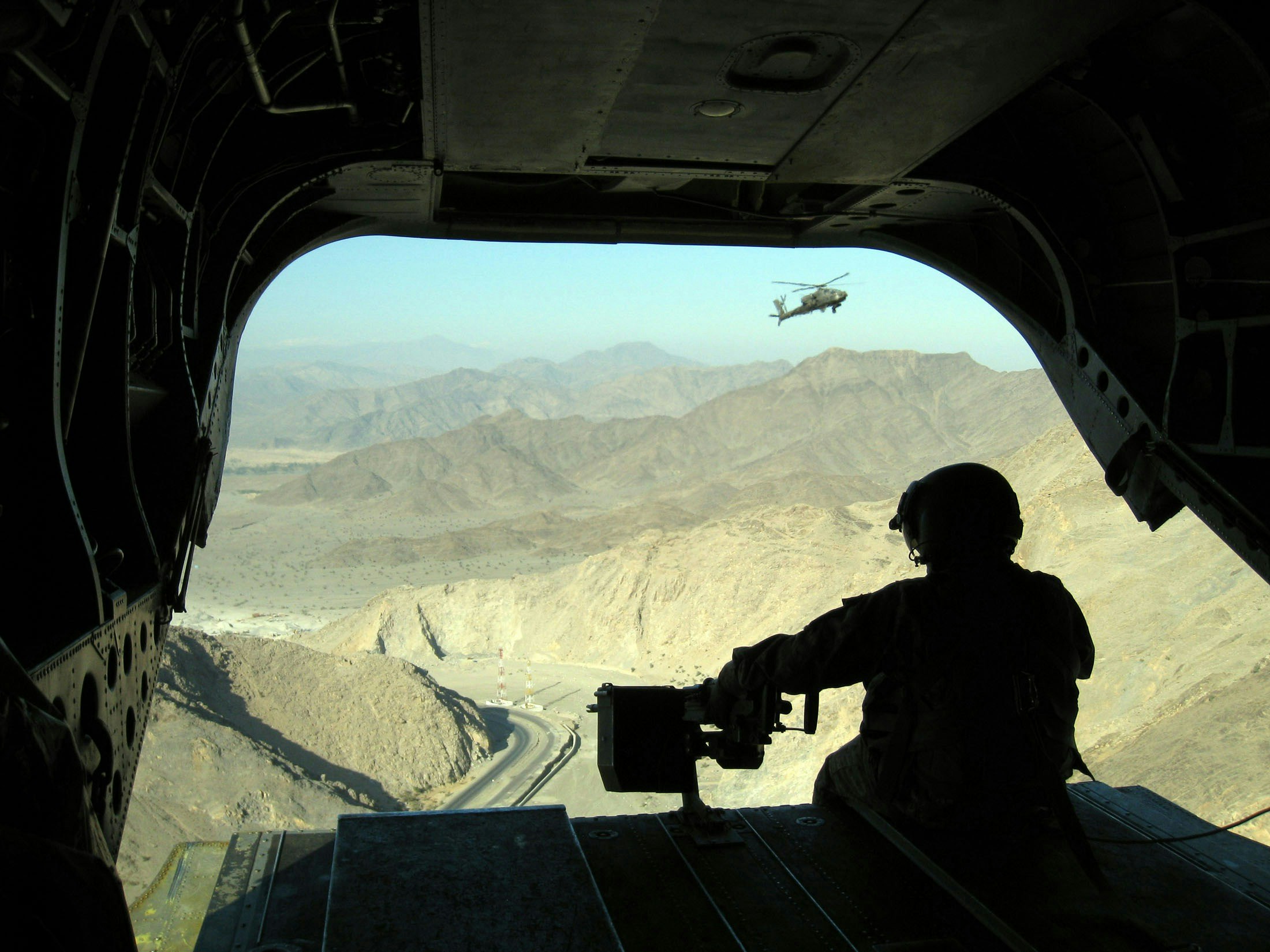
Geopolitical instability demands complex remedies that combine military might, diplomacy, and post-conflict stabilisation. Only the widest possible coalition of international actors can provide elements of all three. Accordingly, the Alliance is not only developing security partnerships with countries across the Mediterranean, the Gulf region, and even the Pacific area, but it is also reaching out to other fellow international organisations and non-governmental organisations that have mandates in such areas as institution-building, governance, development, and judiciary reform. Whether helping to build lasting peace in Pristina, securing the Mediterranean Sea or providing assistance to the African Union, NATO has been increasing cooperation with other international organisations that can bring their superior reconstruction and civil-society building capabilities to bear.
The 21st century will not be all about peacebuilding, however. Russia’s illegal annexation of Crimea in 2014 and its unjustified and unprovoked attack on Ukraine are a sobering reminder of the importance of NATO’s core task: collective defence. This, coupled with the Syrian conflict, the rise of ISIL and terrorism (and often homebred terrorism), has become a brutal reality across many continents. Meanwhile, tensions rise as migrants seek refuge from conflict in countries that are struggling with the weight of ethnic and religious strife, demographic pressures and economic underperformance. Cyberattacks are becoming ever more frequent and ever more destructive. And through social media and other means, the opponents of liberal open societies are spreading disinformation and propaganda that seek to undermine the values that NATO has always sought to protect and promote. Altogether, the complexity of the current security environment is such that NATO’s flexibility is yet again put to the test.
Since its founding in 1949, the transatlantic Alliance’s flexibility, embedded in its original Treaty, has allowed it to suit the different requirements of different times. In the 1950s, the Alliance was a purely defensive organisation. In the 1960s, NATO became a political instrument for détente. In the 1990s, the Alliance was a tool for the stabilisation of Eastern Europe and Central Asia through the incorporation of new partners and Allies. In the first half of the 21st century, NATO faces an ever-growing number of new threats. As the foundation stone of transatlantic peace and freedom, NATO must be ready to meet these challenges.

